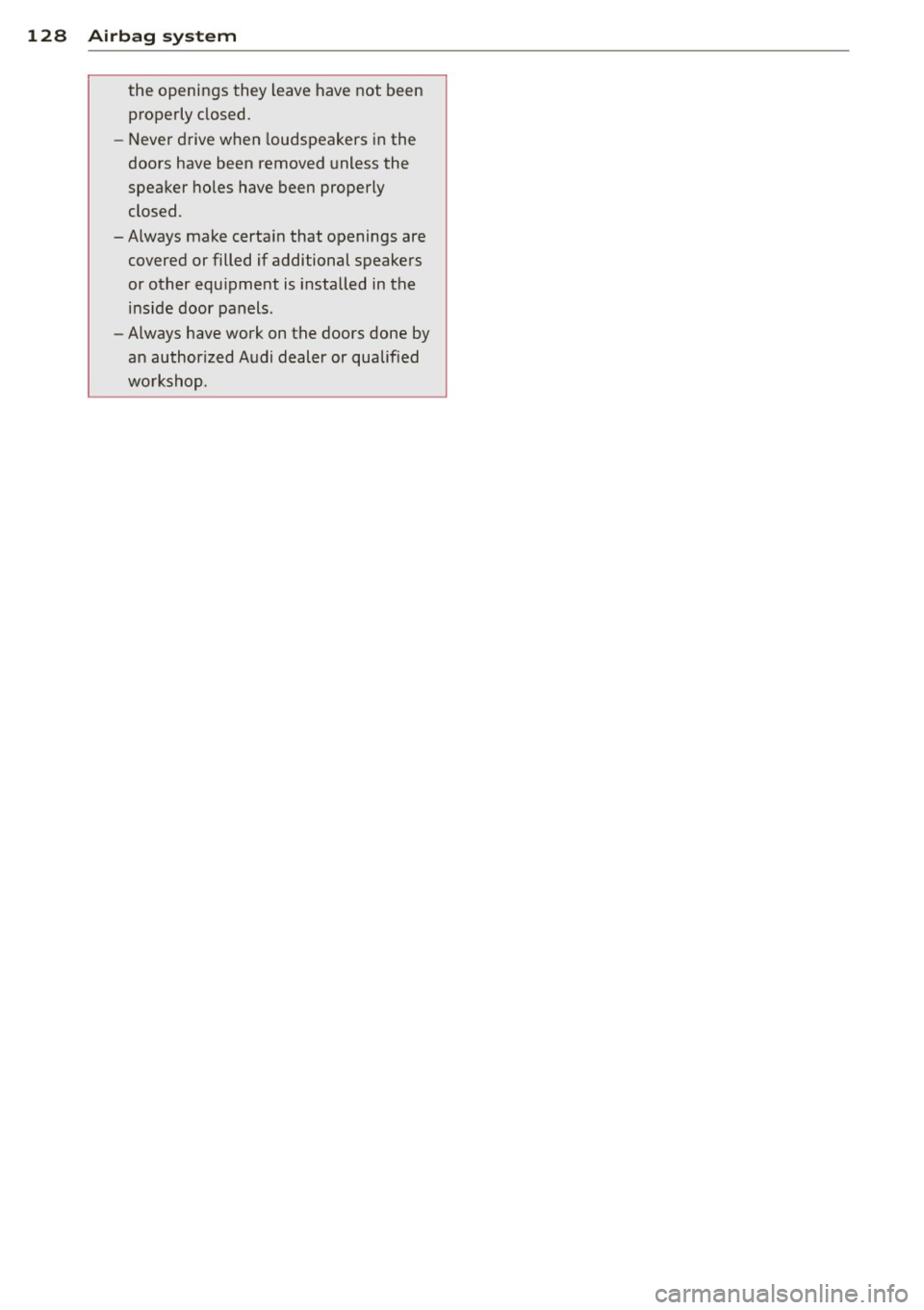Page 129 of 244

Important safety instructions on the
side airbag system
Airbags are only supplemental restraints. Al
ways properly wear safety belts and ride in a
proper seating position.
There is a lot that you and your passengers
must know and act accordingly to help the
safety belts and airbags do their job to pro
vide supplemental protection .
A WARNING
An inflating side airbag can cause serious
or fatal injury. Improperly wearing safety
belts and improper seating positions in
crease the risk of serious personal injury
and death whenever a vehicle is being
used .
- In order to reduce the risk of injury when
the supplemental side airbag inflates:
-Always sit in an upright position and
never lean against the area where the
supplemental side airbag is located.
- Never let a child or anyone else rest
their head against the side trim panel
in the area where the supplemental
side airbag inflates.
- Always make sure that safety belts are worn correctly,
- Do not let anyone sitting in the front
seat put their hand or any other parts
of their body out of the window.
- Always make sure that the side airbag can inflate without interference.
- Never install seat covers or replace
ment upholstery over the front seat backs that have not been specifically
approved by Audi.
- Never use additional seat cushions that
cover the areas where the side airbags
deploy.
- Damage to the original seat covers or
to the seam in the area of the side air bag module must always be repaired
immediately by an authorized Audi
dealer.
Airbag system 127
- Objects between you and the airbag can
increase the risk of injury in an accident
by interfering with the way the airbag
unfolds or by being pushed into you as
the airbag inflates.
- Never place or attach accessories or
other objects (such as cup holders, tel ephone brackets, or even large, bulky
objects) on the doors, over or near the
area marked "AIRBAG" on the seat backrests .
- Such objects and accessories can be come dangerous projectiles and cause injury when the supplemental side air
bag deploys.
- Never carry any objects or pets in the
deployment space between them and
the airbags or allow children or other passengers to travel in this position .
- Always prevent the side airbags from be
ing damaged by heavy objects knocking
against or hitting the sides of the seat backs.
- The airbag system can only be triggered
once . If the airbag has been triggered,
the system must be replaced by an au
thorized Audi dealership.
- Damage (cracks, deep scratches etc.) to
the original seat covers or to the seam in
the area of the side airbag module must
always be repaired immediately by an au
thorized Audi dealer.
- If children are seated improperly , their
risk of injury increases in the case of an
accident
c:> page 129, Child Safety.
- Never attempt to modify any compo
nents of the airbag system in any way .
- In a side collision, side airbags will not
function properly if sensors cannot cor
rectly measure increasing air pressure in
side the doors when air escapes through
larger , unclosed openings in the door
panel.
- Never drive with interior door trim pan
els removed.
- Never drive when parts have been re
moved from the inside door panel and
•
•
Page 130 of 244
128 Airbag sys tem
the openings they leave have not been
properly closed.
- Never drive when loudspeakers in the
doors have been removed unless the
speaker holes have been properly
closed.
-Always make certa in that openings are
covered or filled if additional speakers
or other equ ipment is installed in the
ins ide door panels.
- Always have work on the doors done by
an author ized Audi dealer or qualified
wo rkshop .
Page 131 of 244
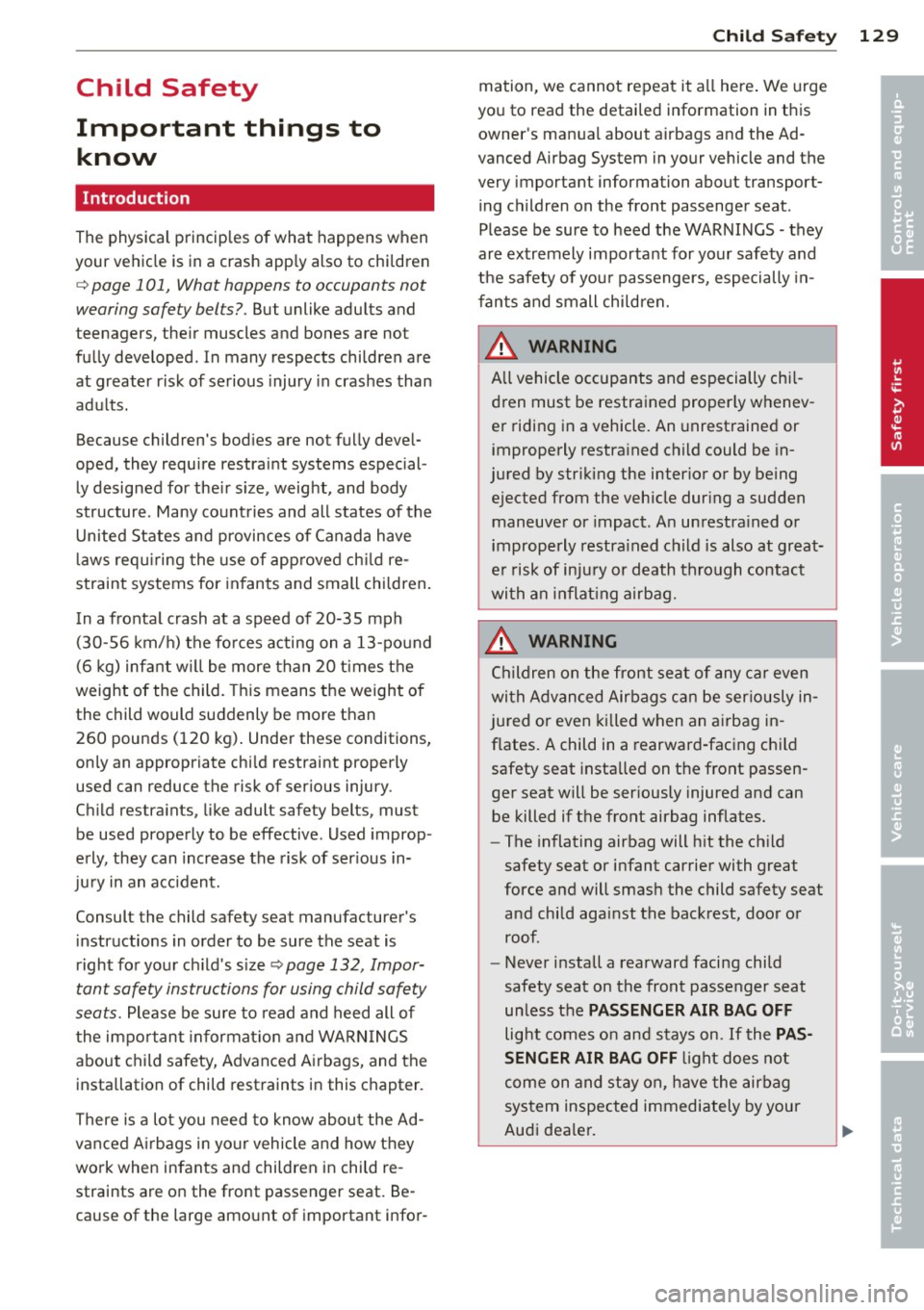
Child Safety
Important things to know
Introduction
The physical principles o f what happens when
your ve hicle is in a crash app ly also to chi ldren
c::> page 101, What happens to occupants not
wearing safety belts? .
But unlike adults and
teenagers, the ir muscles and bones are no t
fully developed . In many respects children are
at greater risk of serious injury in crashes than
adu lts.
Because children's bod ies are no t fully devel
oped, they require restra int systems especial
l y designed for the ir size, weight, and body
structure . Many count ries and all states of the
United States and provinces of Canada have
l aws req uiring the use of approved ch ild re
straint systems for in fants and small chi ldren.
I n a fronta l crash at a speed of 20-35 mph
(30-56 km/ h) the fo rces acting on a 13-po und
(6 kg) inf ant will be more than 20 t imes the
weight of the child. This means the weight of
the child would suddenly be more than
260 pounds ( 120 kg) . Under these conditions,
only an appropriate chi ld restraint properly
used can reduce the risk of ser ious injury.
C hi ld restra ints, like adult safety belts, must
be used properly to be effective . Used improp
erly , they can increase the risk of ser ious in
ju ry in an accident.
Consult the child safety seat manufacturer's i nstructions in order to be sure the seat is
right fo r you r ch ild 's s ize
c::> page 132, Impor
tant safety instructions for using child safety
sea ts.
P lease be su re to read and heed all of
the impo rtan t informat io n a nd WAR NINGS
about child safety, Advanced A irbags, and the
installation of child rest raints in this chapter .
There is a lot you need to know abou t the Ad
vance d Airbags in yo ur vehicle and how they
wo rk when infants and children in child re
straints are o n the front passenger seat. Be
cause of the large amount of important infor -
Child Safet y 129
mation, we cannot repeat it a ll here . We urge
yo u to read the detai led information in this
owner 's man ua l about ai rbags and the Ad
vanced Airbag System in your vehicle and the
very important information about transport
ing ch ildren on the front passenger seat.
Please be sure to heed the WARNINGS -they
ar e extremely importa nt for your safety and
the safety of you r passenge rs, especially in
f an ts a nd small chi ld ren.
A WARNING
-
A ll vehicle occupants and especially chi l
d ren must be restra ined properly w henev
er riding in a vehicle. An unrestrained or
improperly restra ined child could be in
jured by str iking the interior or by being
e jected from the vehicle dur ing a sudden
maneuve r or impact. A n unrestra ined o r
improperly restr ained child is also at great
e r r isk of inju ry or d eath thro ugh contact
wi th an inflat ing a irbag.
_& WARNING
C hildren on the front seat of any car even
wi th Advanced Airbag s can be ser io usly in
j ur ed or even kil led when an a irba g in
flates. A child in a rearwar d-fac ing ch ild
safety seat insta lled on t he front passen
ger seat will be ser iously injured and can
be killed if the front airbag inflates .
- The inflating airbag will h it the ch ild
safety seat or infant carrier with great
force and will smas h the child safety seat
a nd chi ld agai nst the bac krest , door or
roof.
- Never i nstall a rearward faci ng child
safety seat on the front passenger s eat
un less the
PASSENGER AIR BAG OFF
light comes o n and stays on. If the PAS·
SENGER AIR BAG OFF
l ight does no t
come on and st ay on, have the air bag
sys tem inspected immediately by your
Aud i dea le r.
•
•
Page 132 of 244

130 Child Safety
8_ WARNING
If, in exceptional circumstances, you must
install a forward-facing child restraint on
the front passenger's seat:
- Always make sure the forward-facing
seat has been designed and certified by
its manufacturer for use on a front seat
with a passenger front and side airbag.
-Always follow the manufacturer's in
structions provided with the child safety
seat or carrier.
-Always move the passenger seat into its
rearmost position in the seat's fore and
aft adjustment range, as far away from
the airbag as possible before installing
the child restraint. The backrest must be adjusted to an upright position.
- Always make sure that the
PASSENGER
AIR BAG OFF
light comes on and stays
on all the time whenever the ignition is
switched on.
(D Tips
Always replace child restraints that were
installed in a vehicle during a crash. Dam
age to a child restraint that is not visible
could cause it to fail in another collision
situation.
Advanced front airbag system and children
Your vehicle is equipped with an "Advanced
Airbag System" in compliance with United
States Federal Motor Vehicle Safety Standard
(FMVSS) 208 as applicable at the time your
vehicle was manufactured.
The Advanced Airbag system in your vehicle
has been certified to meet the "low-risk " re
quirements for 3- and 6-year old children on
the passenger side and small adults on the
driver side. The low risk deployment criteria
are intended to reduce the risk of injury
through interaction with the airbag that can
occur, for example, by being too close to the
steering wheel and instrument panel when
the airbag inflates. In addition , the system has been certified to comply with the "sup
pression" requirements of the Safety Stand
ard, to turn off the front airbag for infants up
to 12 months who are restrained on the front
passenger seat in child restraints that are list
ed in the Standard.
Even though your vehicle is equipped with an
Advanced Airbag system, a child should al
ways ride in the seat properly restrained for
its age and size. The airbag on the passenger
side makes the front seat a potentially dan
gerous place for a child to ride. The front seat
is not the safest place for a child in a forward
facing child safety seat. It can be a very dan
gerous place for an infant or a larger child in a
rearward-facing seat.
Advanced Airbags and the weight
sensing mat in the front seat
The Advanced Airbag System in your vehicle
detects the presence of an infant or child in a
child restraint on the front passenger seat us
ing the weight-sensing mat in the seat cush
ion and the sensor below the safety belt latch
on the front passenger seat that measures the
tension on the safety belt.
The weight-sensing mat measures total
weight of the child and the child safety seat
and a child blanket on the front passenger
seat. The weight on the front passenger seat
is related to the design of the child restraint
and its "footprint", the size and shape of the
bottom of the child restraint as it sits on the
seat. The weight of a child restraint and its
"footprint" vary for different kinds of child re
straints and for the different models of the
same kind of child restraint offered by child
restraint manufacturers.
The weight ranges for the individual types,
makes and models of child restraints that the
NHTSA has specified in the Safety Standard
together with the weight ranges of typical in
fants and typical 1 year-old child have been
stored in the control unit of the Advanced Air
bag System. When a child restraint is being
used on the front passenger seat with a .,..
Page 133 of 244

typical 1 year-old chi ld, the Advanced Airbag
System compares the weig ht meas ured by the
weight sensing mat with t he informat ion stor
ed in the electron ic control unit.
The electronic control unit a lso registers the
tension on the front passenger safety be lt.
The tens ion on the safety belt for the front
passenger seat will be different for an adult
who is properly using the safety belt as com
pared to the tension on the be lt when it is
used to attach a child restraint to the seat.
The sensor below the latch for the safety be lt
for the front seat passenger measu res the
tension on the be lt. T he inp ut from this sen
sor is then used with the we igh t to "decide",
whether there is a chi ld restraint with a typica l
1 year-old child o n the front passenger seat
and whether or not the airbag must be turned
off.
Child restraints and Advanced Airbags
Regardless of the child restraint that you use,
make sure that it has been ce rtified to meet
United States Federal Motor Vehicle Safety
Standa rds and has been certified by its manu
facture r fo r u se wi th a n air bag. If in excep
tional c ircu ms tances you m ust use it on the
front passenger seat, caref ully read all of the
i n formation on c hild safety and Advanced Air
bags and heed all of the app licable WARN
INGS. Make certain that the child restraint is
correctly recognized by the weig ht-sensing
mat inside the front passenger seat, that the
fro nt passenger airbag is tur ned off and that
the airbag status is a lways correctly signaled
by the
PASSENGER AIR BAG OFF light.
Many types and models of child restra ints
h ave been ava ilable over the years, new mod
e ls are introduced regularly incorporating new
and improved designs a nd older models a re
t aken out of p rod uction. Child restrain ts are
not standardized . Ch ild restra ints o f the same
type typically have different weights and sizes
and diffe rent 'footprints,' the size and shape
of the bottom of the child restraint that sits
on the seat, when they are installed on a vehi
cle seat. These differences make it virtually
Child Sa fet y 131
impossible to certify comp liance with the re
quirements for advanced airbags with eac h
and every child restra int that has ever been
sold in the past or will be sold over the course
of the useful life of your veh icle.
Fo r th is reason, the United States National
Highway Traffic Safety Adm inistrat ion has
published a list of spec ific type, makes and
models of child restraints that must be used
to certify compliance of the Advanced Airbag
System i n your veh icle with the suppression
requirements of Federal Motor Vehicle Safety
Standard 208. These child re straints are:
Subpart A -Car bed child restraints
Model Manufactured on or
after
Angel Guard Angel September 2S, 2007 R ide AA 2403FOF
Subpart B - Rear-facing child restraints
Model Manufactured on or
after
Ce ntury Smart Fit Decembe r 1, 1999
4S 43
Cosco Ar riva September 2S, 2007
22-013PAW and base
22-999WHO
Evenflo Discovery Ad -December 1, 1999
just Right 212
E ven flo First Choice Decembe r 1, 1999
20 4
Graco Infant 8457 December 1, 1999
Graco Snugride September 25, 2007
Peg Perego Primo Vi- September 25, 2007
aggio SIP IMUNOOUS
Subpart C -Forward-facing and
convertible child restraints
Model Manufactured on or
after
Br itax Roundabout September 2S, 2007
E 9L02xx
Cosco Touriva 02519 December 1, 1999
•
•
Page 134 of 244
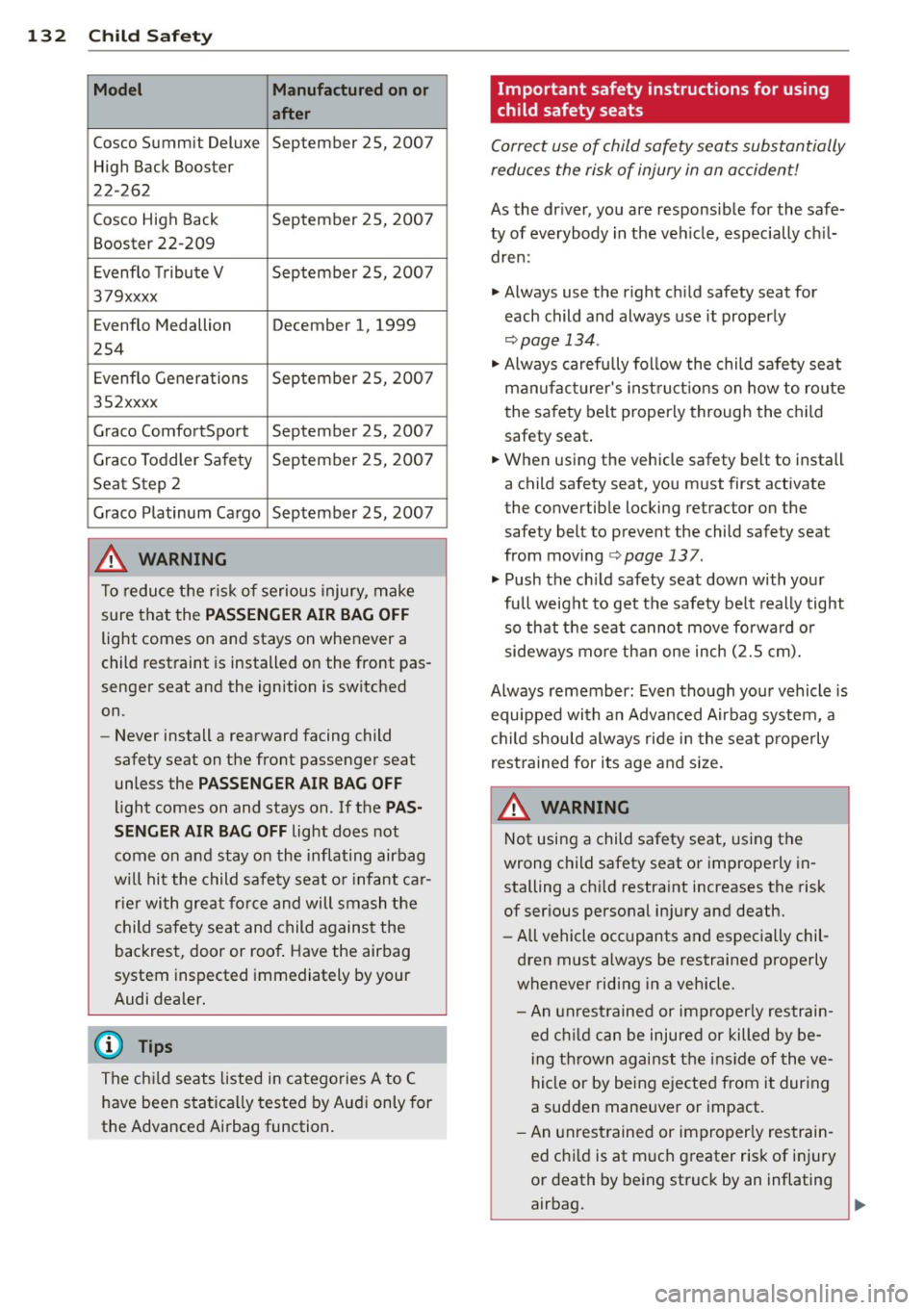
132 Child Saf ety
Model Manufactured on or
a fter
Cosco Summit Deluxe September 25, 2007
High Back Booster
22-262
Cosco High Back September 2S, 2007
Booster 22-209
Evenflo Tribute V September 2S, 2007
379xxxx
Evenflo Medallion December 1, 1999
2S4
Evenflo Generations September 2S, 2007
3S2xxxx
Graco ComfortSport September 2S, 2007
Graco Toddler Safety September 25, 2007
Seat Step 2
Graco Platinum Cargo September 25, 2007
_& WARNING
To reduce the risk of serious injury, make sure that the
PA SSENGER AIR BAG OFF
light comes on and stays on whenever a
child restraint is installed on the front pas
senger seat and the ignition is switched
on.
- Never install a rearward facing child
safety seat on the front passenger seat
unless the
PASSENGER AIR BAG OFF
light comes on and stays on. If the PA S
SENGER AIR BAG OFF
light does not
come on and stay on the inflating airbag
wi ll hi t the child safety seat o r infant car
rier with great force and will smash the
child safety seat and child against the
backrest, door or roo f. Have the airbag
system inspected immediately by your
Audi dealer.
@ Tips
The ch ild seats listed in categories A to C
have been statica lly tested by Aud i only for
the Advanced Airbag function.
Important safety instructions for using
child safety seats
Correct use of child safety seats substantially
reduces the risk of injury in an accident!
As the dr iver, you are respons ible for the safe
ty of everybody in the veh icle, especially ch il
dren:
.,. Always use the right ch ild safety seat for
each child and always use it properly
~page 134.
.,. Always carefully fo llow the child safety seat
manufac turer's inst ruct ions on how to ro ute
the sa fety belt properly through the child
safety seat .
.,. When using the vehicle safety belt to install
a child safety seat, you must first activate
the convertible locking retractor on the
safety belt to prevent the child safety seat
from mov ing
r=> page 137 .
.,. Push the ch ild safety seat down with you r
full weight to get the safety be lt really tight
s o that t he seat canno t move fo rward o r
sideways more th an one inch
(2.5 cm).
Always remember : Even though you r vehicle is
equipped with an Advanced Airbag system, a
c hi ld shou ld always ride i n the seat properly
r estrained for its age and s ize.
_& WARNING ,..___
Not using a child safety seat, using the
wrong child safety seat o r improperly in
stalling a ch ild restra int increases the risk
of ser ious personal in jury and death.
- All vehicle occupants and especially chil
dren must always be restrained properly
whenever rid ing i n a vehicle.
- An un rest rained or imp roperly restrain
ed ch ild ca n be injured or killed by be
ing t hrown agains t th e ins ide of the ve
hicle or by being e jected from it during
a sud den mane uver or impact.
- An unrestrained or improper ly res train
ed ch ild is at much greater risk of injury
or death by be ing struck by an inflating
airbag.
Page 135 of 244
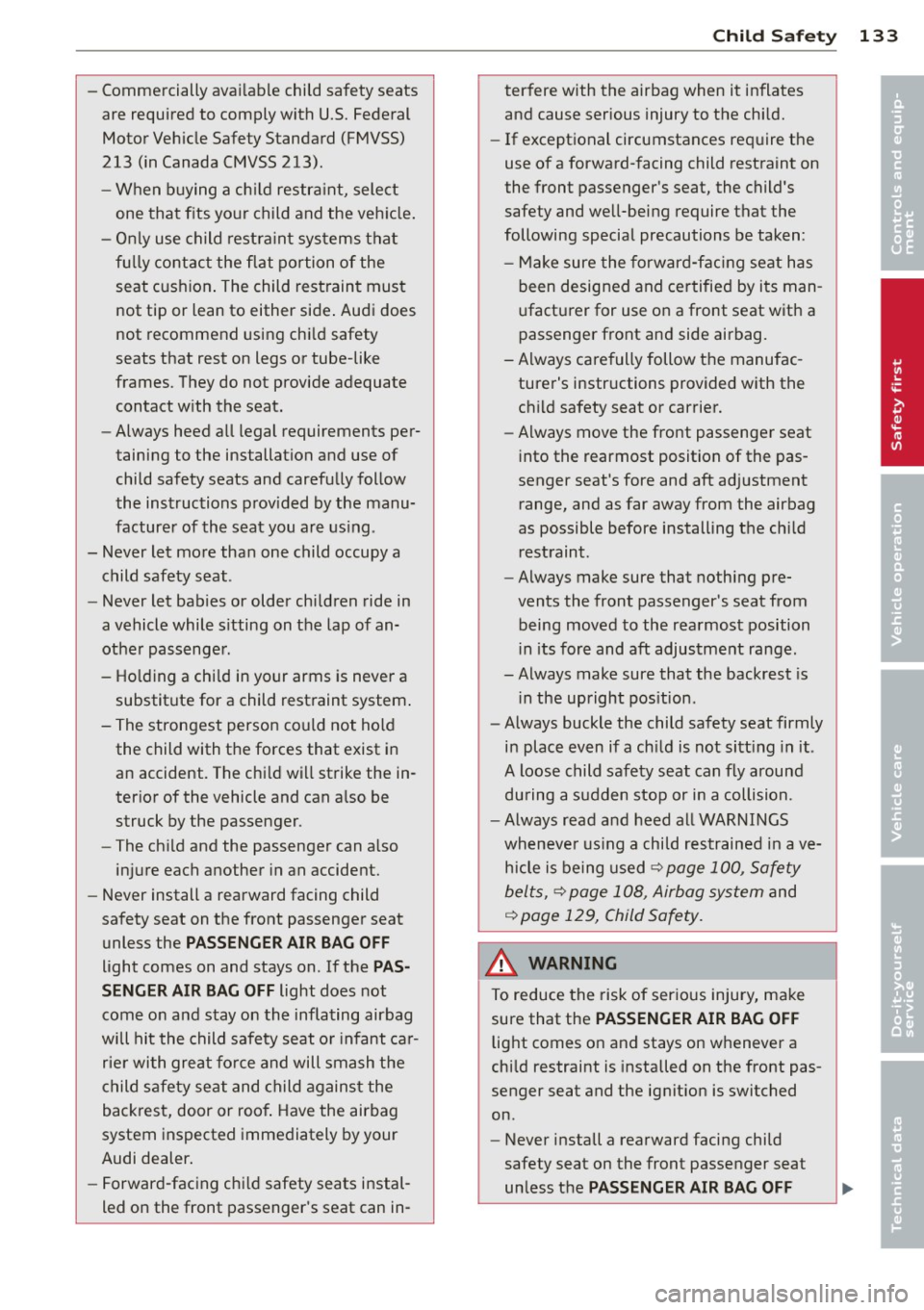
-Commercially available child safety seats
are required to comply with U.S. Federal
Motor Vehicle Safety Standard (FMVSS)
213 (in Canada CMVSS 213).
- When buying a child restraint, select
one that fits your child and the vehicle.
- Only use child restraint systems that
fully contact the flat portion of the
seat cushion. The child restraint must not tip or lean to either side. Audi does
not recommend using child safety
seats that rest on legs or tube-like
frames. They do not provide adequate contact with the seat.
- Always heed all legal requirements per
taining to the installation and use of
child safety seats and carefully follow
the instructions provided by the manu
facturer of the seat you are using .
- Never let more than one child occupy a
child safety seat .
- Never let babies or older children ride in
a vehicle while sitting on the lap of an
other passenger .
- Holding a child in your arms is never a substitute for a child restraint system.
- The strongest person could not hold
the child with the forces that exist in
an accident. The child will strike the in
terior of the vehicle and can also be
struck by the passenger .
- The child and the passenger can also
injure each another in an accident.
- Never install a rearward facing child
safety seat on the front passenger seat
unless the
PASSENGER AIR BAG OFF
light comes on and stays on . If the PAS
SENGER AIR BAG OFF
light does not
come on and stay on the inflating airbag
will hit the child safety seat or infant car
rier with great force and will smash the
child safety seat and child against the
backrest, door or roof. Have the airbag
system inspected immediately by your
Audi dealer.
- Forward-facing child safety seats instal
led on the front passenger's seat can in-
Child Safety 133
terfere with the airbag when it inflates
and cause serious injury to the child.
- If exceptional circumstances require the
use of a forward-facing child restraint on
the front passenger's seat, the child's
safety and well-being require that the
following special precautions be taken:
- Make sure the forward-facing seat has
been designed and certified by its man
ufacturer for use on a front seat with a
passenger front and side airbag.
- Always carefully follow the manufac
turer's instructions provided with the
child safety seat or carrier.
- Always move the front passenger seat
into the rearmost position of the pas
senger seat's fore and aft adjustment range, and as far away from the airbag
as possible before installing the child restraint.
- Always make sure that nothing pre
vents the front passenger's seat from
being moved to the rearmost position
in its fore and aft adjustment range .
- Always make sure that the backrest is
in the upright position .
- Always buckle the child safety seat firmly
in place even if a child is not sitting in it.
A loose child safety seat can fly around
during a sudden stop or in a collision.
- Always read and heed all WARNINGS
whenever using a child restrained in ave hicle is being used<=>
page 100, Safety
belts,
<=> page 108, Airbag system and
<=> page 129, Child Safety.
A WARNING
To reduce the risk of serious injury, make
sure that the
PASSENGER AIR BAG OFF
light comes on and stays on whenever a
child restraint is installed on the front pas
senger seat and the ignition is switched
on .
- Never install a rearward facing child
safety seat on the front passenger seat
unless the
PASSENGER AIR BAG OFF
•
•
Page 136 of 244
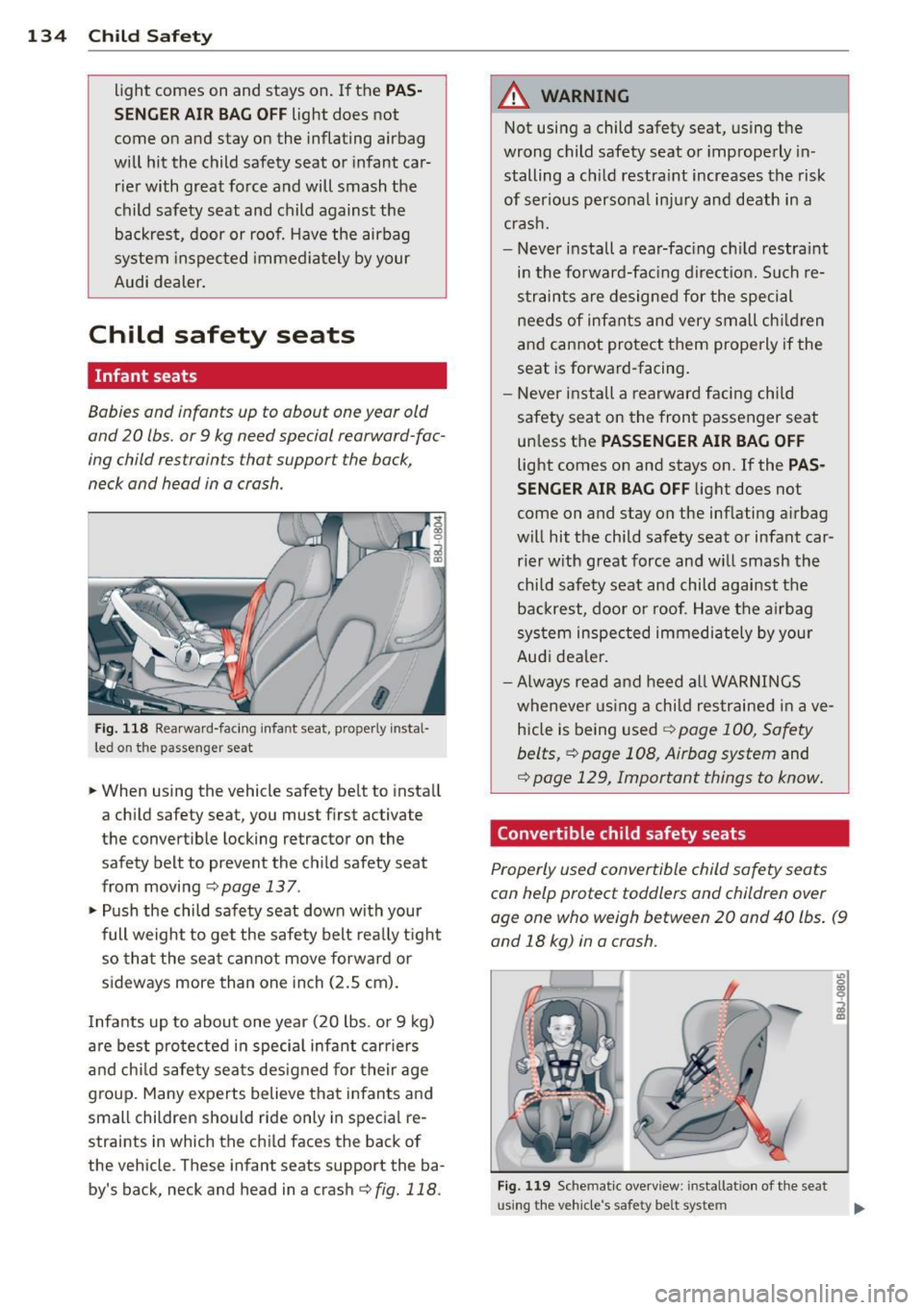
134 Child Safe ty
light comes on and stays on. If the PAS·
SEN GER AIR BAG OFF
light does not
come on and stay on the inflating airbag
will hit the child safety seat or infant car
rier with great force and will smash the
child safety seat and child against the
backrest, door or roof. Have the airbag
system inspected immediately by your
Audi dealer .
Child safety seats
Infant seats
Babies and infants up to about one year old
and 20 lbs. or
9 kg need special rearward-fac
ing child restraints that support the back,
neck and head in a crash.
I
Fi g. 118 Rearwa rd-facing infant seat, proper ly insta l·
led on the passenge r seat
~ When using the vehicle safety belt to install
a child safety seat, you must first activate
the convertible locking retractor on the
safety belt to prevent the child safety seat
from moving
c:::;, page 13 7 .
~ Push the child safety seat down with your
full weight to get the safety belt rea lly t ight
so that the seat cannot move forward or
sideways more than one inch (2.5 cm).
I nfants up to about one year (20 lbs . or 9 kg)
are best protected in specia l infant carriers
and chi ld safety seats des igned for their age
group. Many experts believe that infants and
small children should ride only in special re
straints in which the child faces the back of
the vehicle. These infant seats support the ba·
by's back, neck and head in a crash
c:::;, fig. 118 .
A WARNING
-
Not using a child safety seat, using the
wrong child safety seat or improperly in
stalling a ch ild restra int increases the risk
of ser ious personal in jury and death in a
crash.
- Never install a rear-fac ing ch ild restra int
in the forward-fac ing direct ion. Such re
straints are designed for the special
needs of infants and very small ch ildren
and cannot protect them properly if the
seat is forward-facing.
- Neve r install a rearward faci ng ch ild
safety seat on the front passenger seat
un less the
PASSENGER AIR BAG OFF
light comes on and stays on. If the PAS
SENGER AIR BAG OF F
light does not
come on and stay on the inflating airbag
will hit the child safety seat or infant car
rier with great force and w ill smash the
child safety seat and child against the
backrest, door or roof. Have the a irbag
system inspected immediately by your
Aud i dealer.
- Always read and heed all WAR NINGS
wheneve r using a child res trained in ave
hicle is being used
c:::;, page 100, Safety
belts,
c:::;, page 108, Airbag system and
c:::;, page 129, Important things to know .
Convertible child safety seats
Properly used convertible child safety seats
can help protect toddlers and children over
age one who weigh between 20 and 40 lbs . (9
and 18 kg) in a crash .
Fig . 1 19 Schema tic overview: ins tallat ion of the seat
using the vehicle's safety be lt sys te m
Ill>
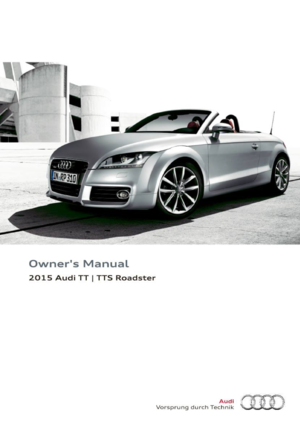 1
1 2
2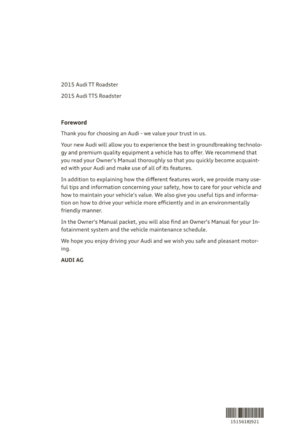 3
3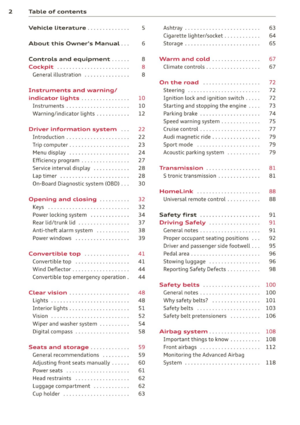 4
4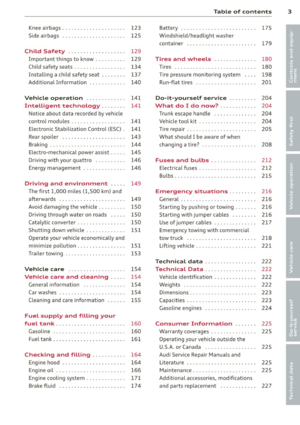 5
5 6
6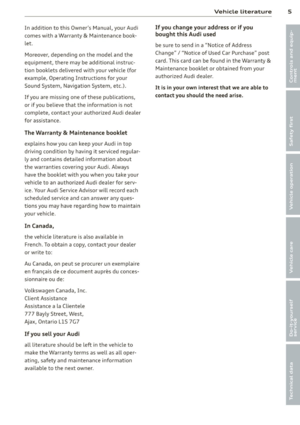 7
7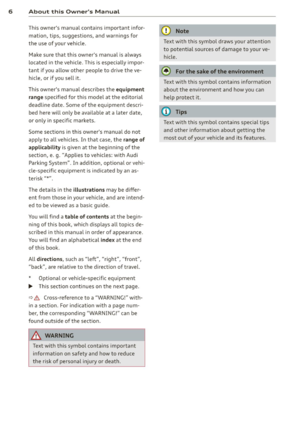 8
8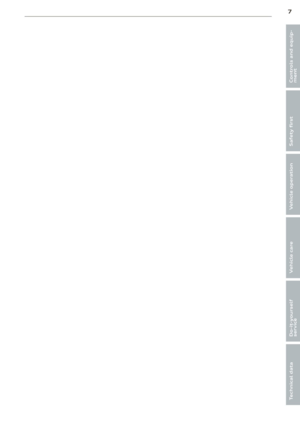 9
9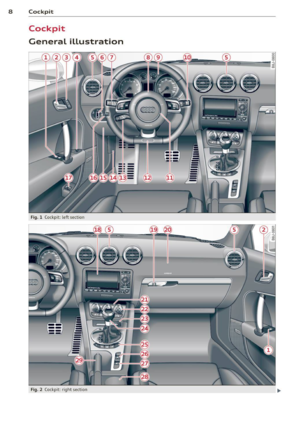 10
10 11
11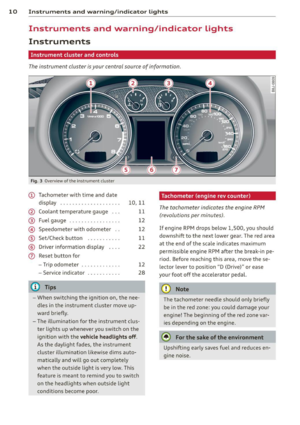 12
12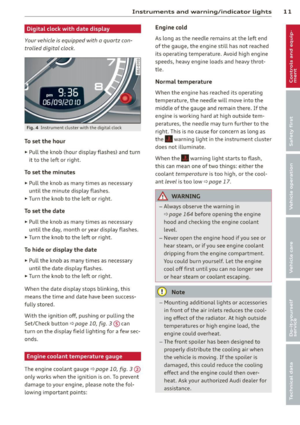 13
13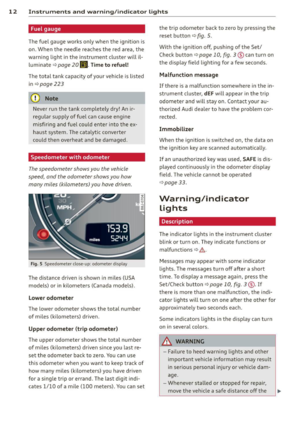 14
14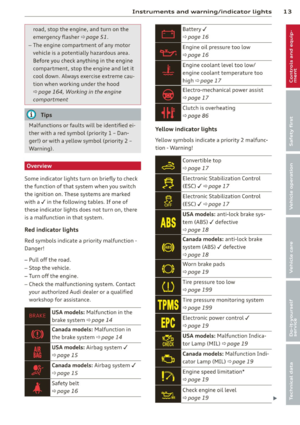 15
15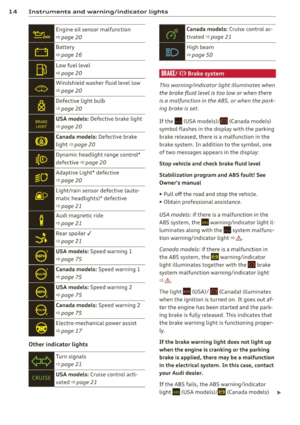 16
16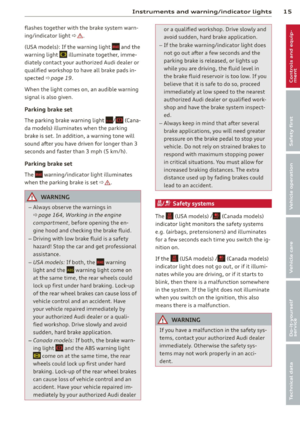 17
17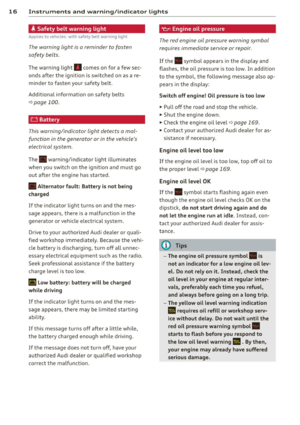 18
18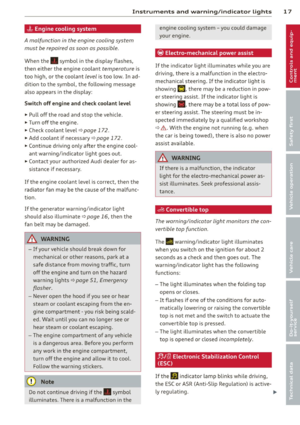 19
19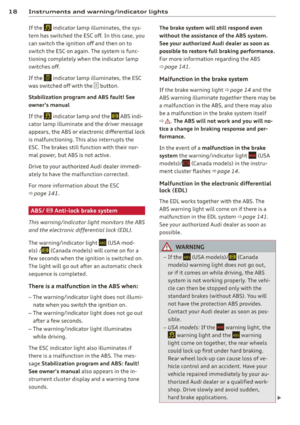 20
20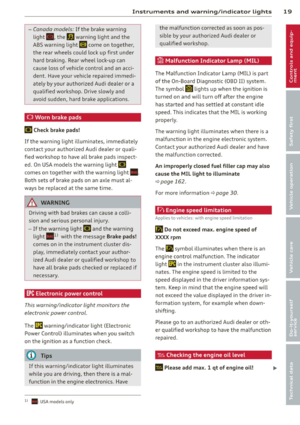 21
21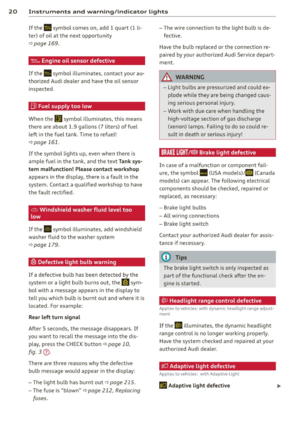 22
22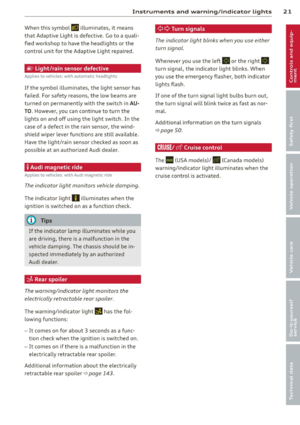 23
23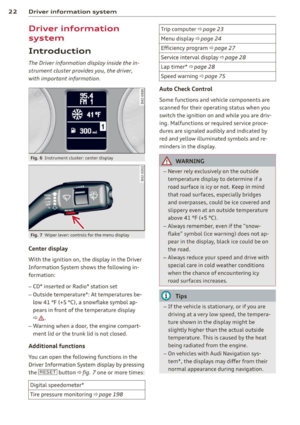 24
24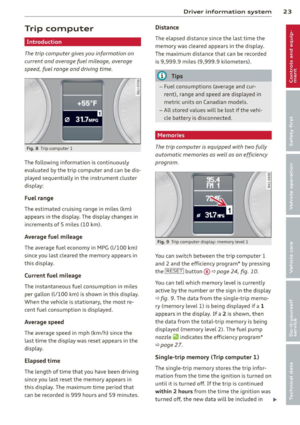 25
25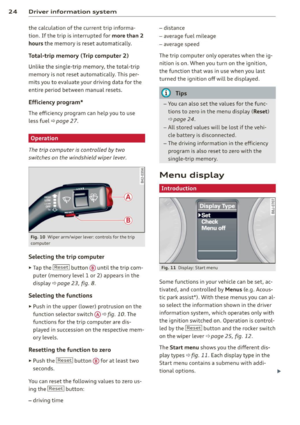 26
26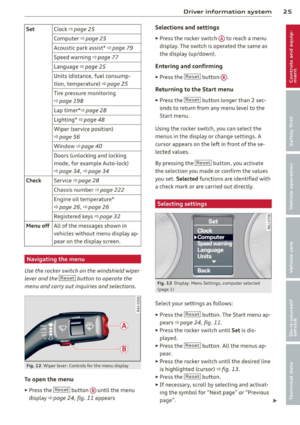 27
27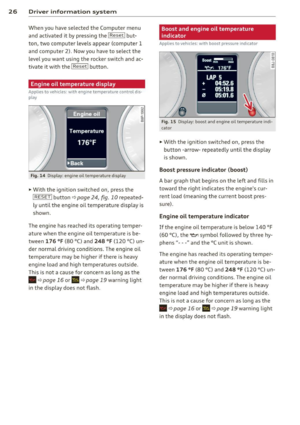 28
28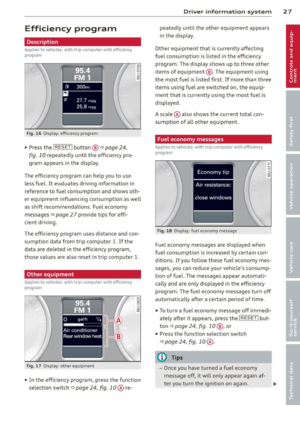 29
29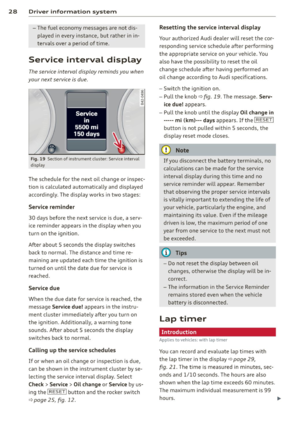 30
30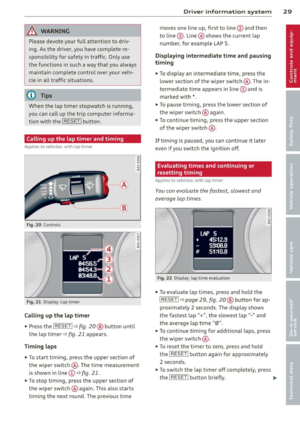 31
31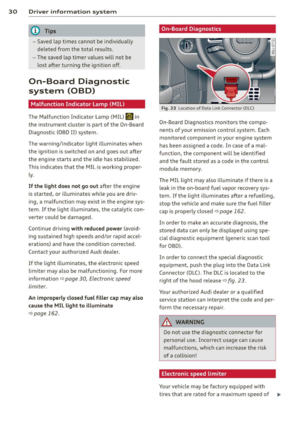 32
32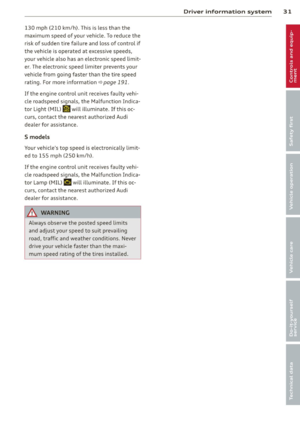 33
33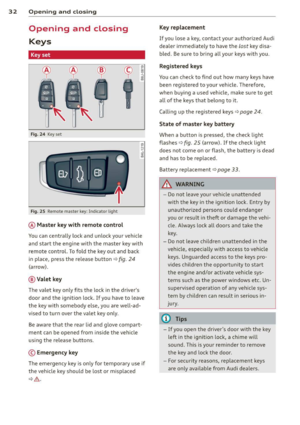 34
34 35
35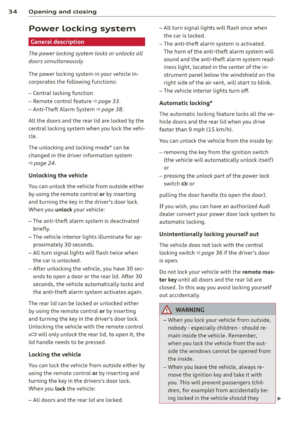 36
36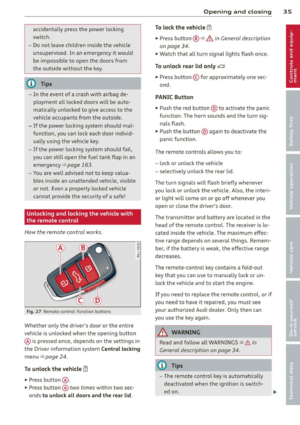 37
37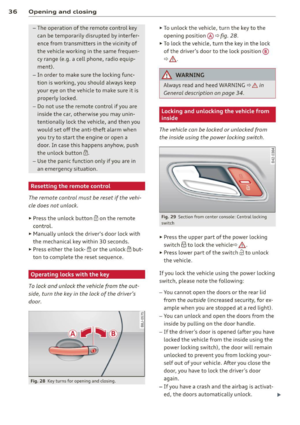 38
38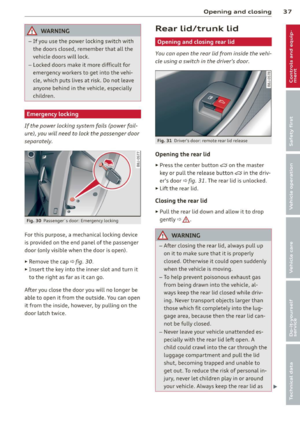 39
39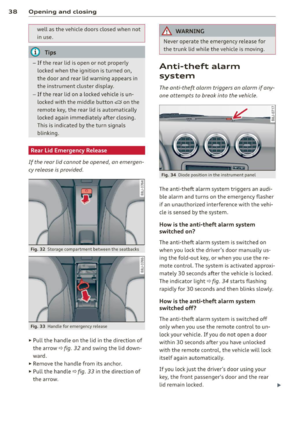 40
40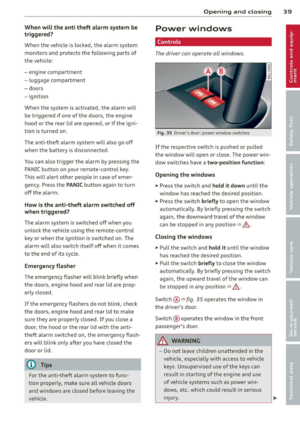 41
41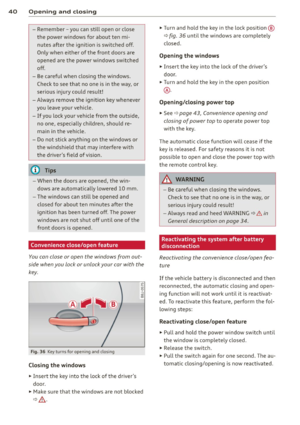 42
42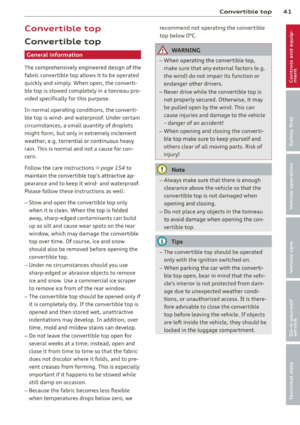 43
43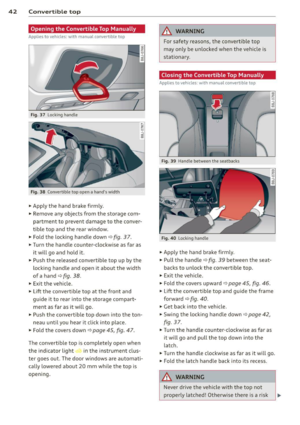 44
44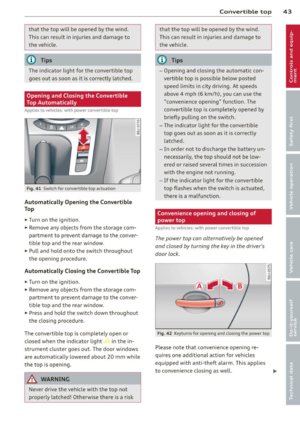 45
45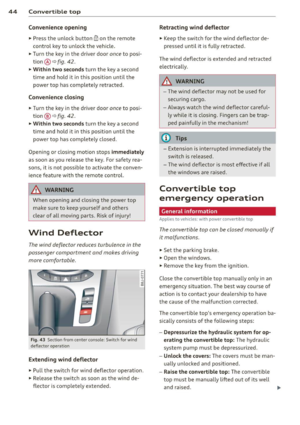 46
46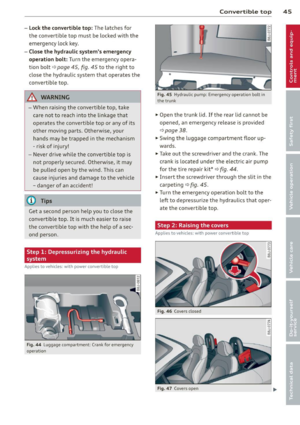 47
47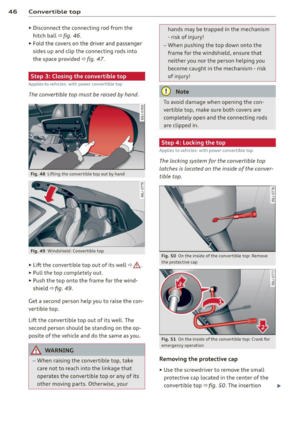 48
48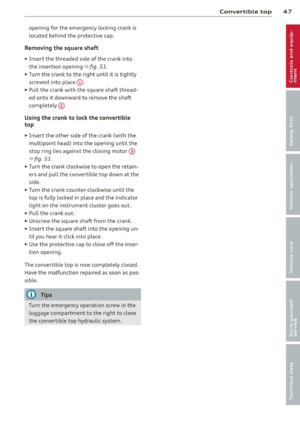 49
49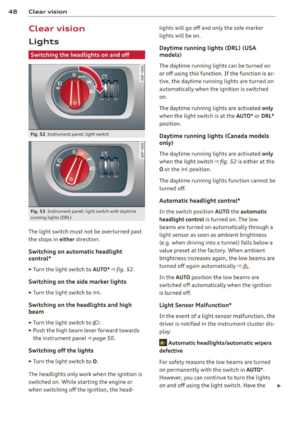 50
50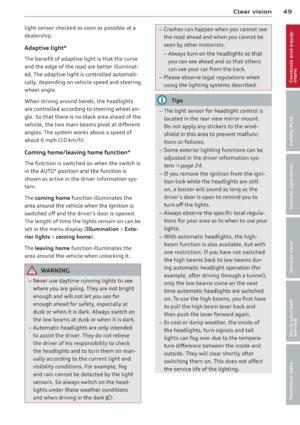 51
51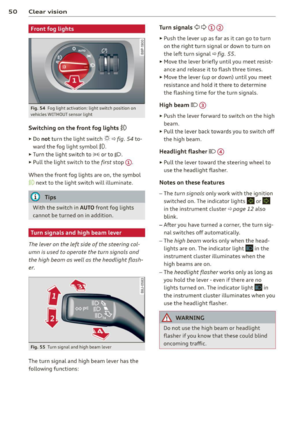 52
52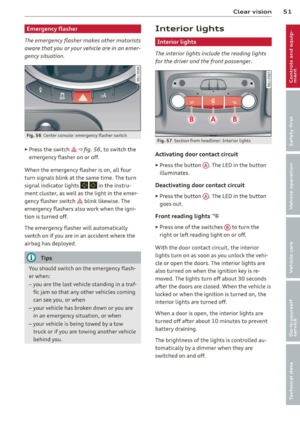 53
53 54
54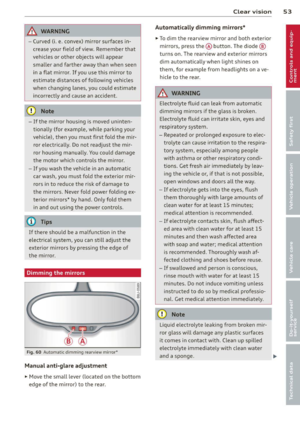 55
55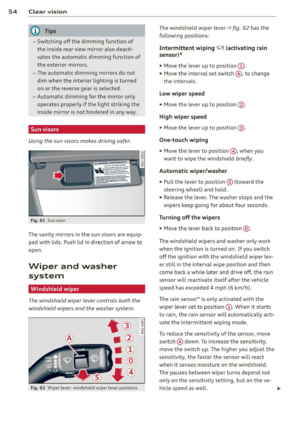 56
56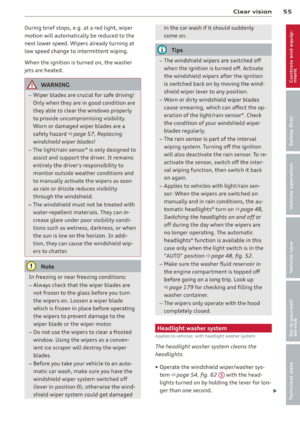 57
57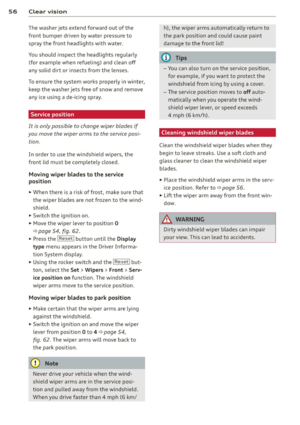 58
58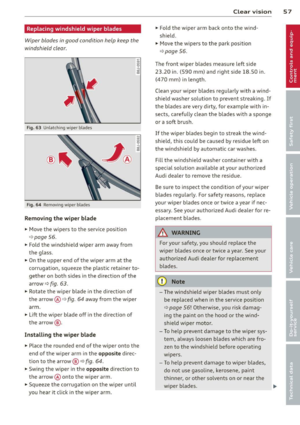 59
59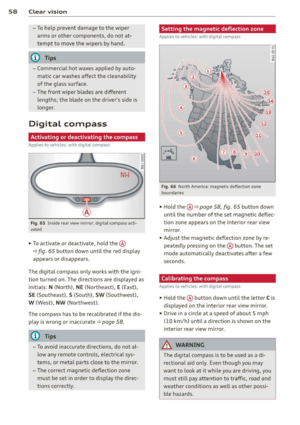 60
60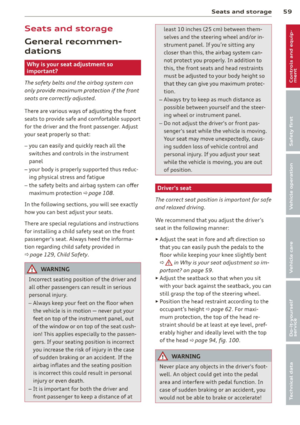 61
61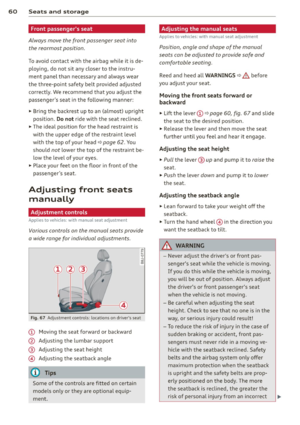 62
62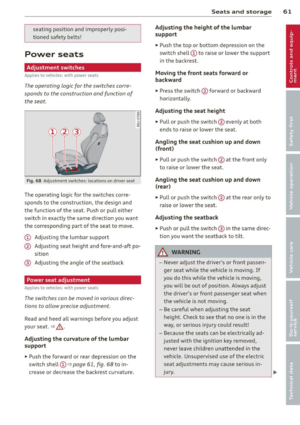 63
63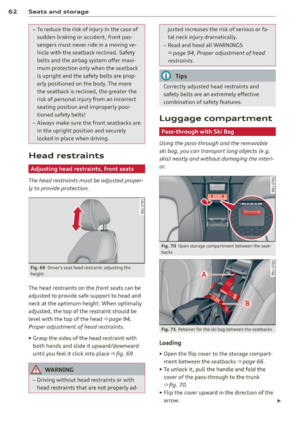 64
64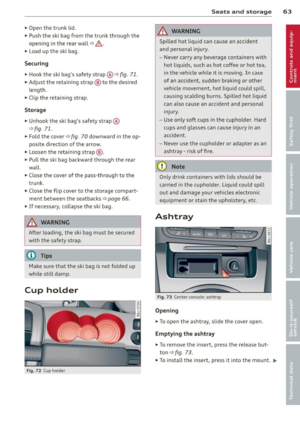 65
65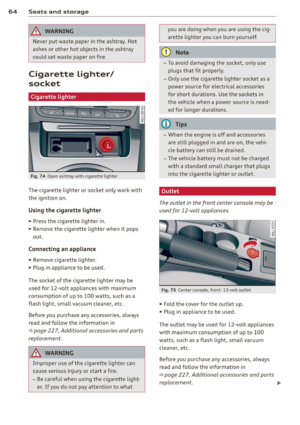 66
66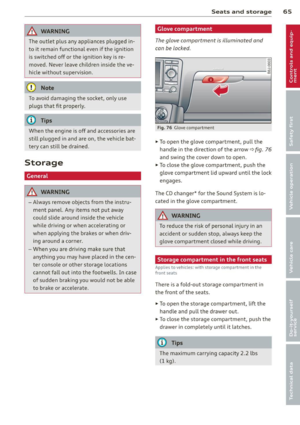 67
67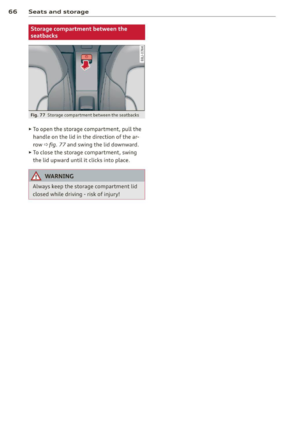 68
68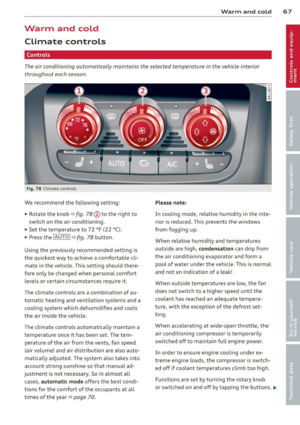 69
69 70
70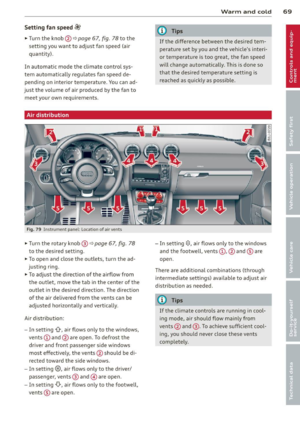 71
71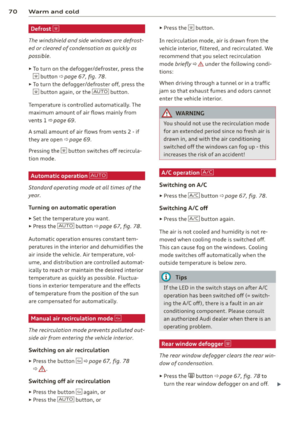 72
72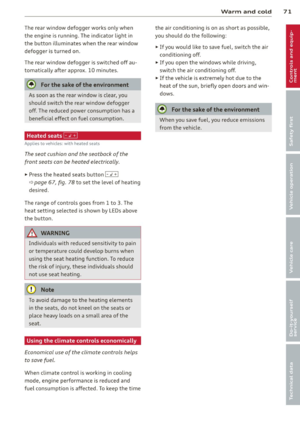 73
73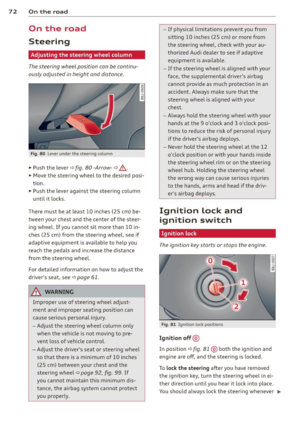 74
74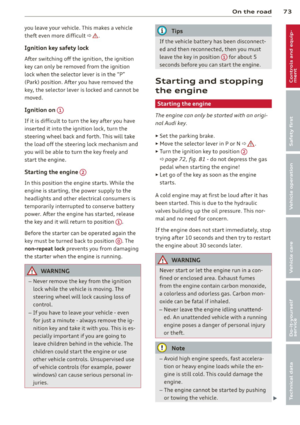 75
75 76
76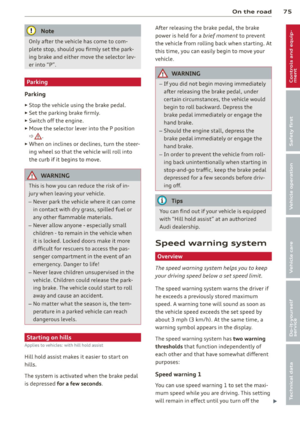 77
77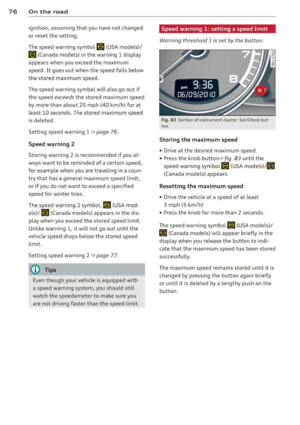 78
78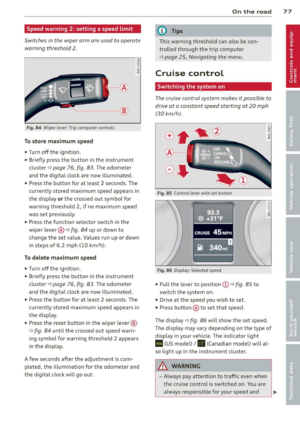 79
79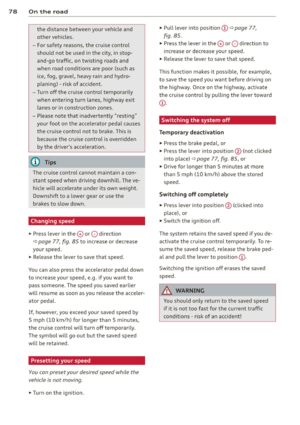 80
80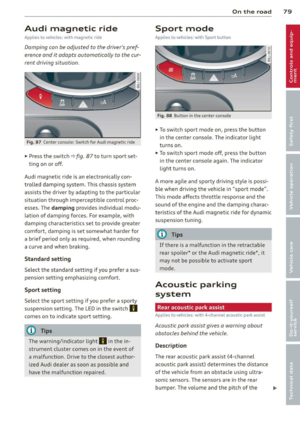 81
81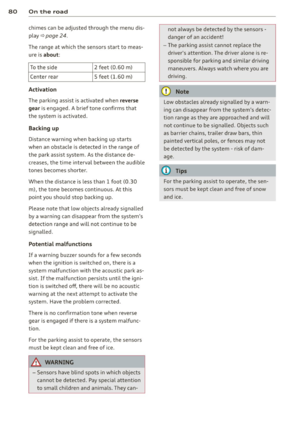 82
82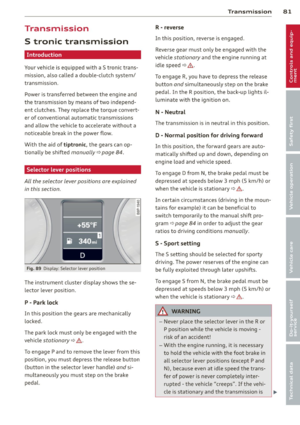 83
83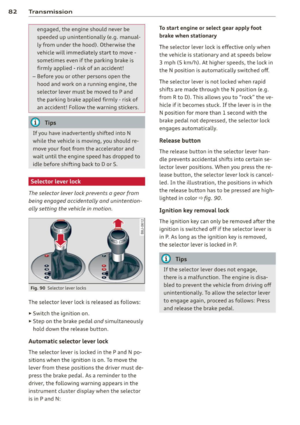 84
84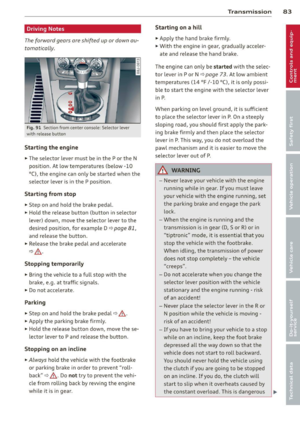 85
85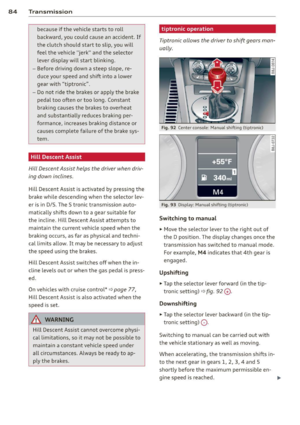 86
86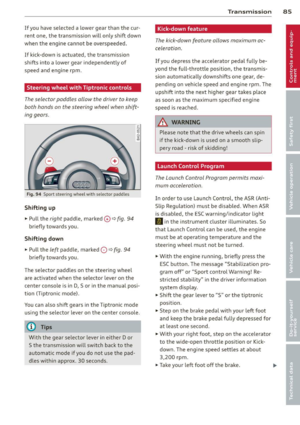 87
87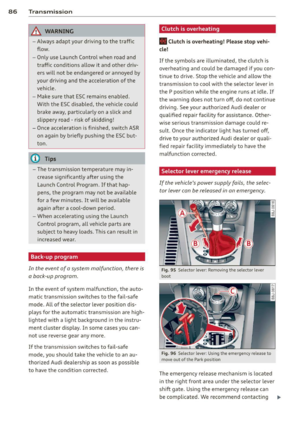 88
88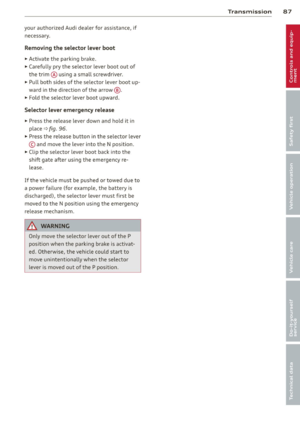 89
89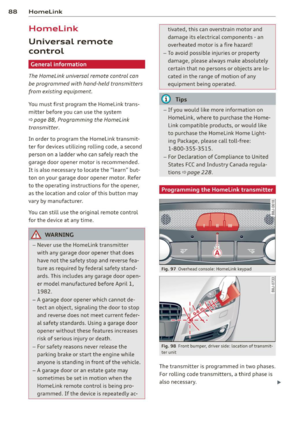 90
90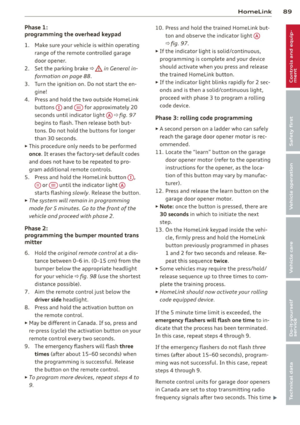 91
91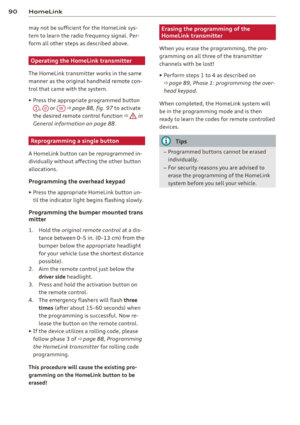 92
92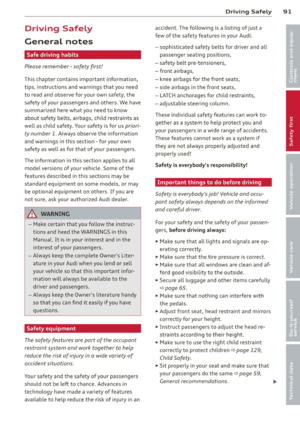 93
93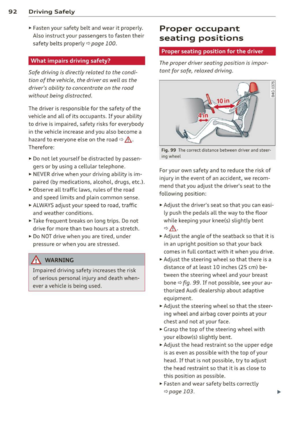 94
94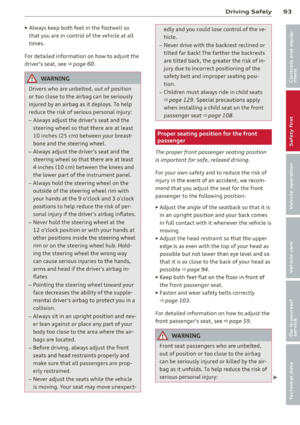 95
95 96
96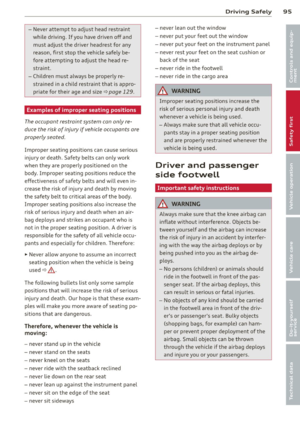 97
97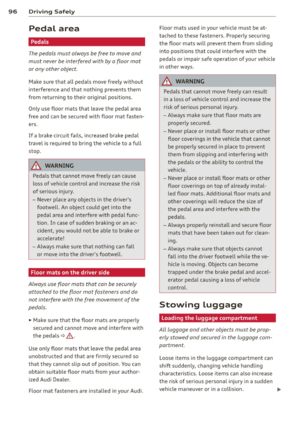 98
98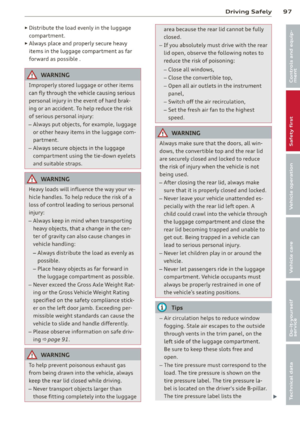 99
99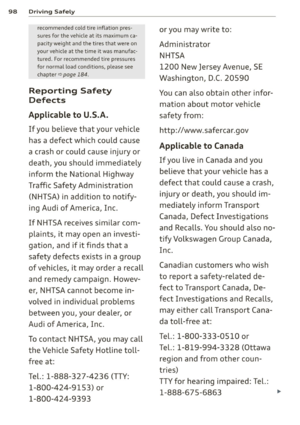 100
100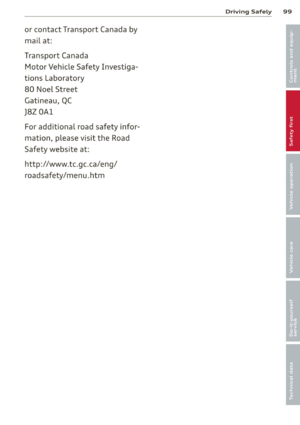 101
101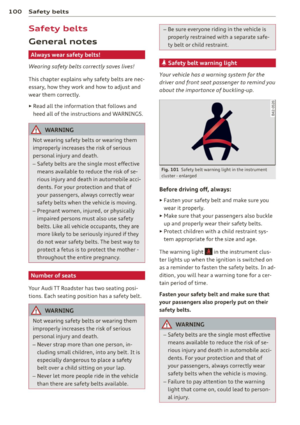 102
102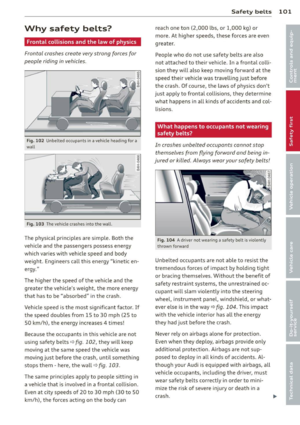 103
103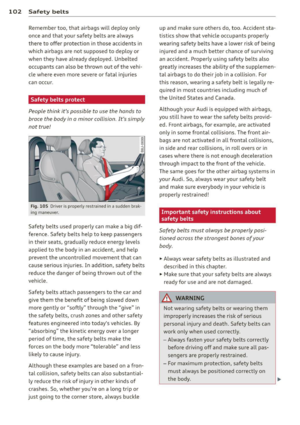 104
104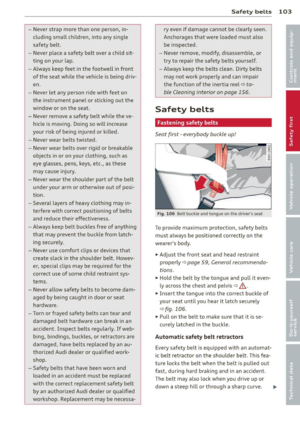 105
105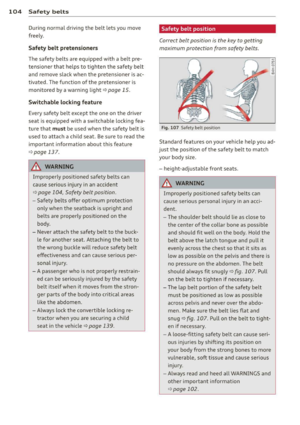 106
106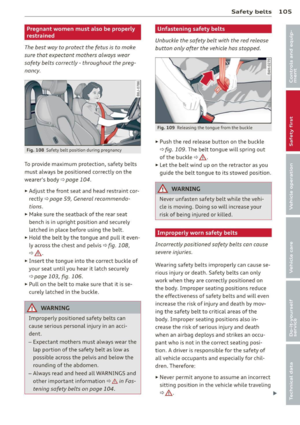 107
107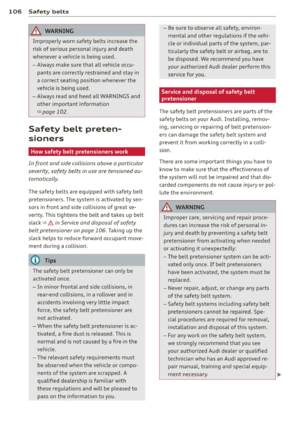 108
108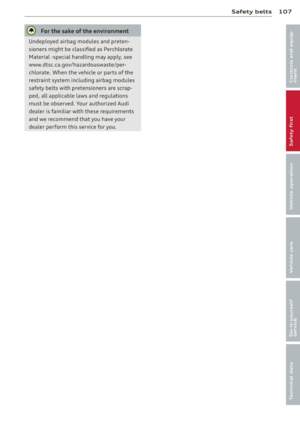 109
109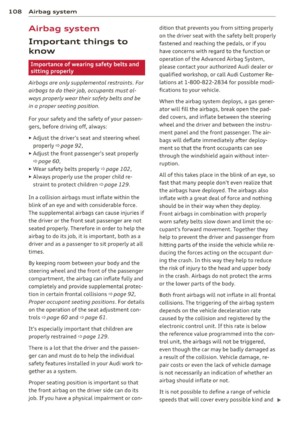 110
110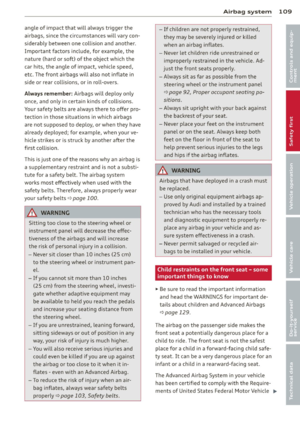 111
111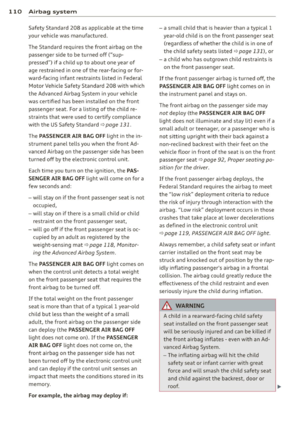 112
112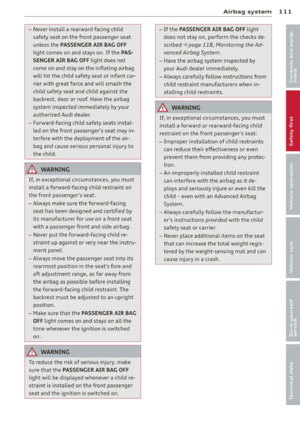 113
113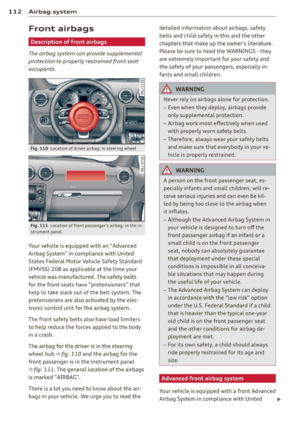 114
114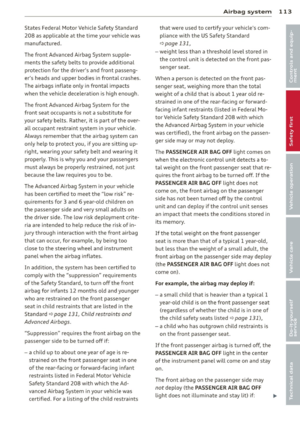 115
115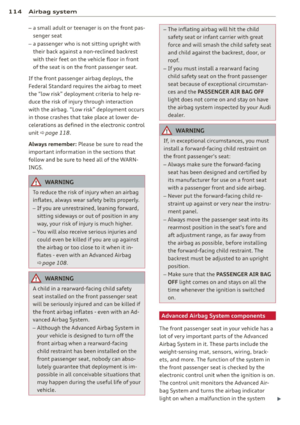 116
116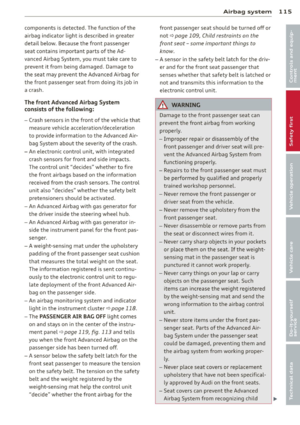 117
117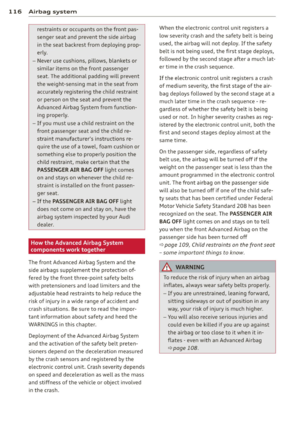 118
118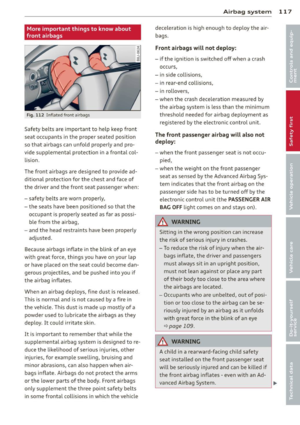 119
119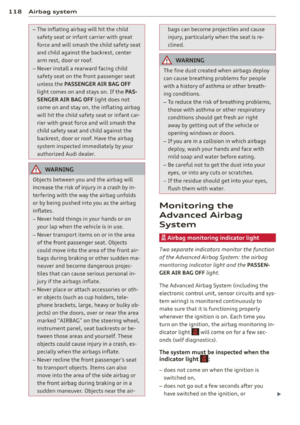 120
120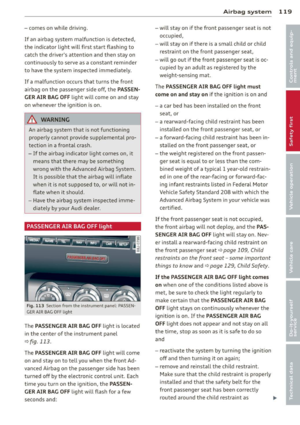 121
121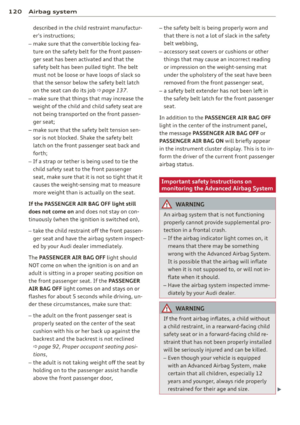 122
122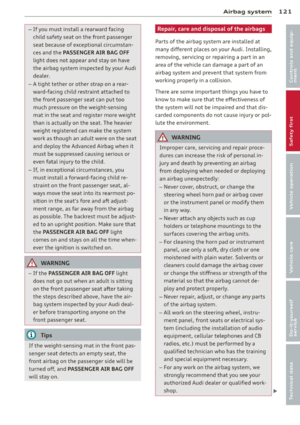 123
123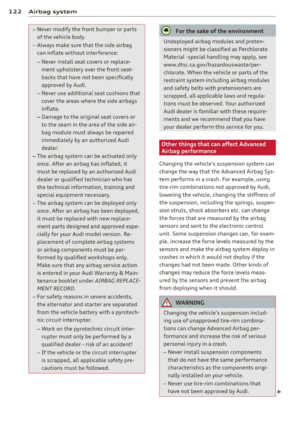 124
124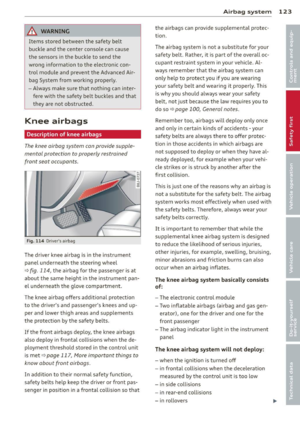 125
125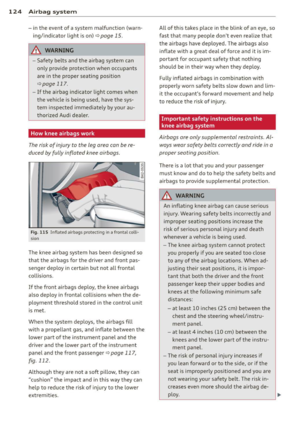 126
126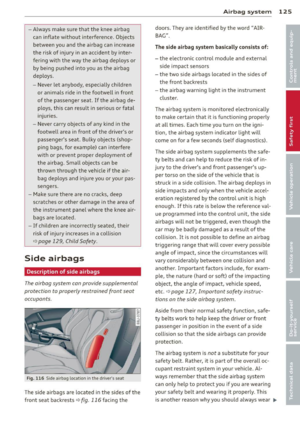 127
127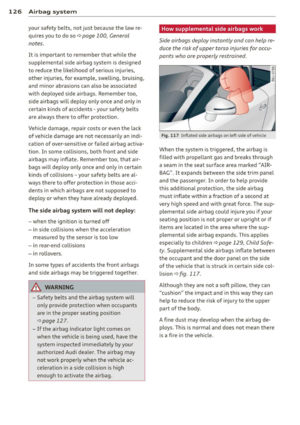 128
128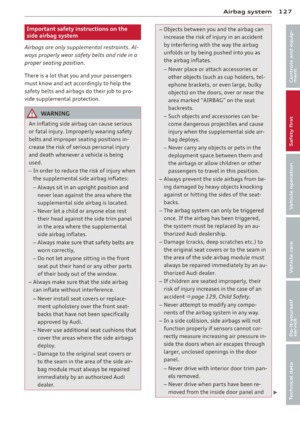 129
129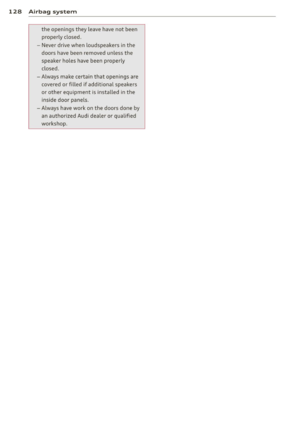 130
130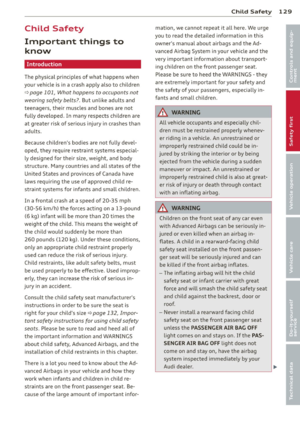 131
131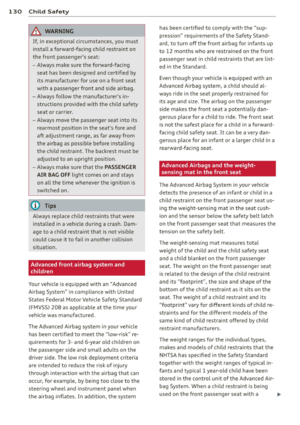 132
132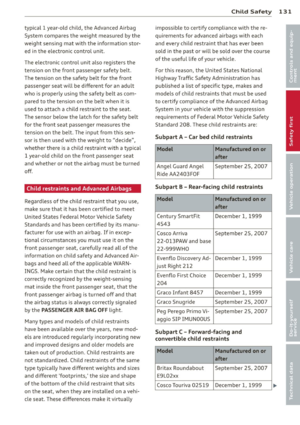 133
133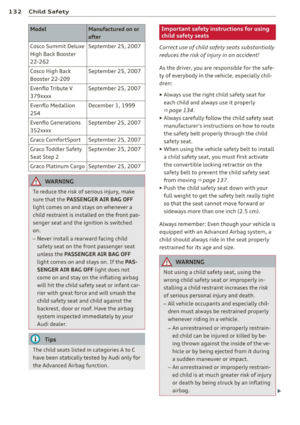 134
134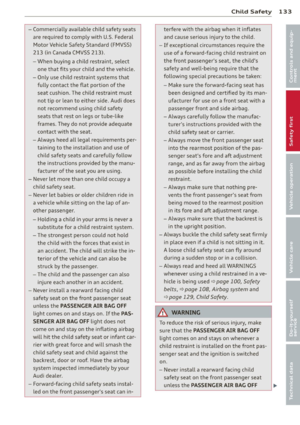 135
135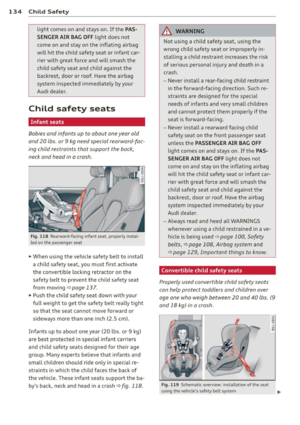 136
136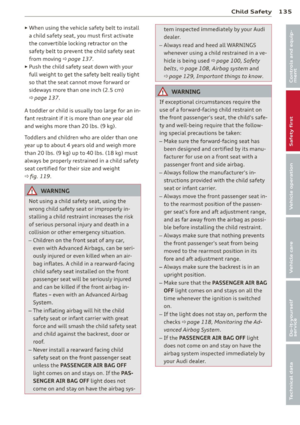 137
137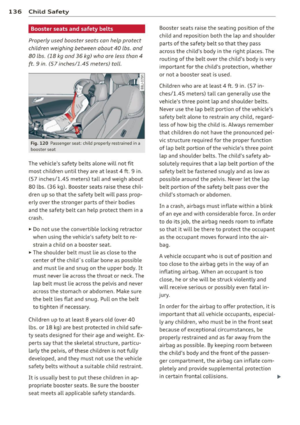 138
138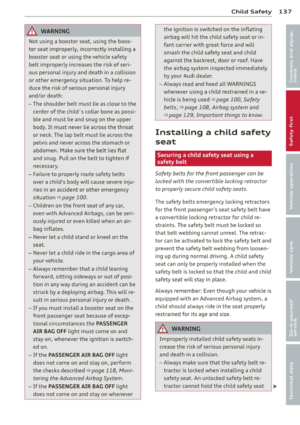 139
139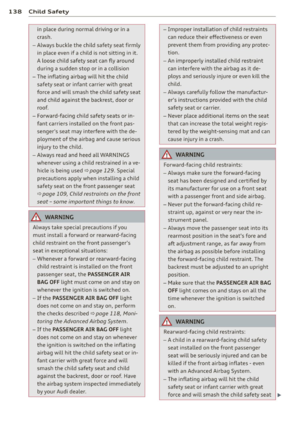 140
140 141
141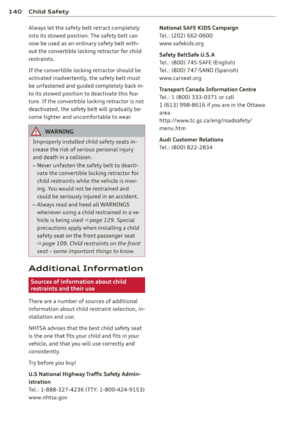 142
142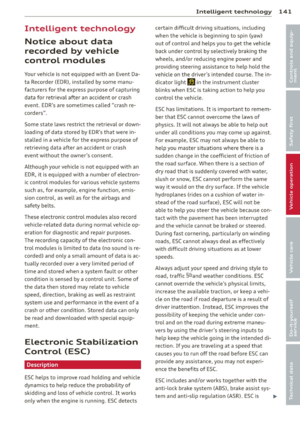 143
143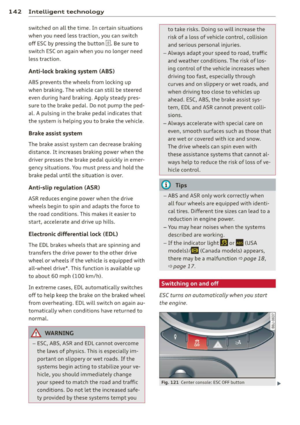 144
144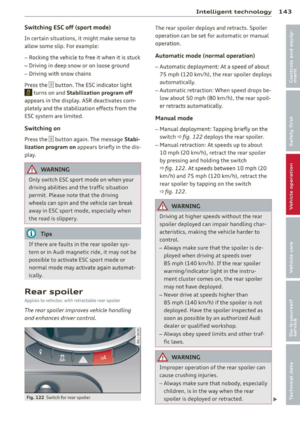 145
145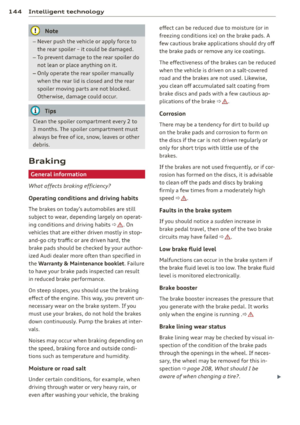 146
146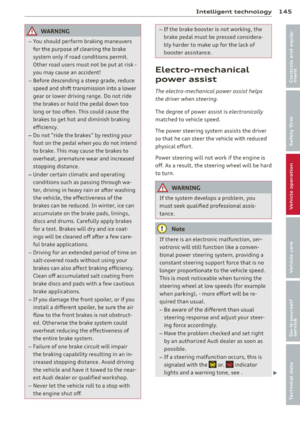 147
147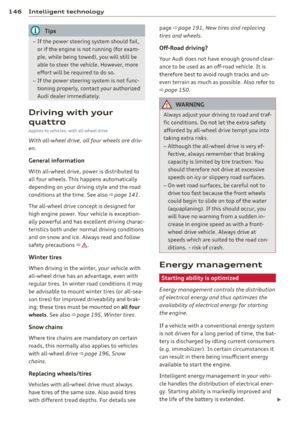 148
148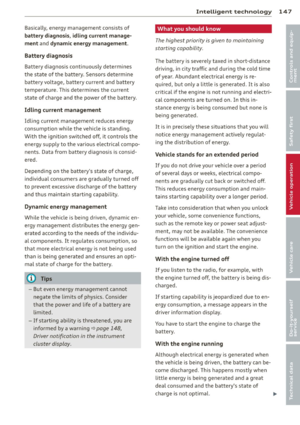 149
149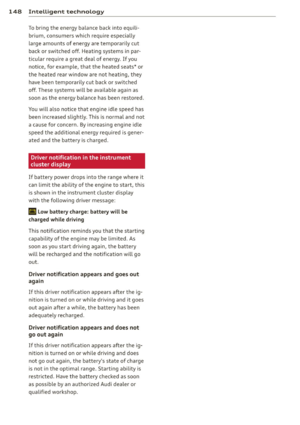 150
150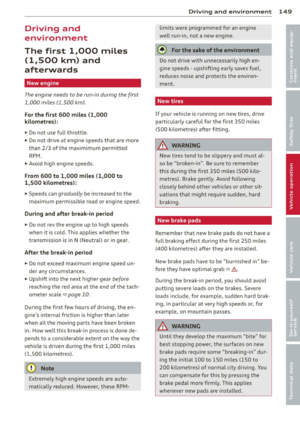 151
151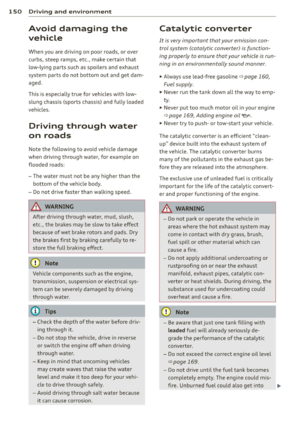 152
152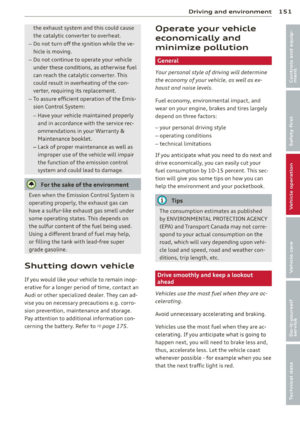 153
153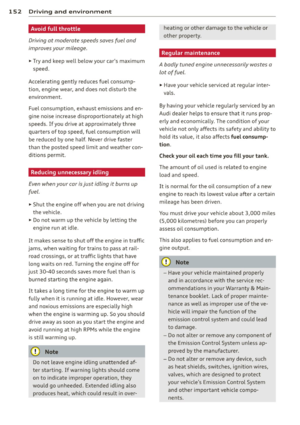 154
154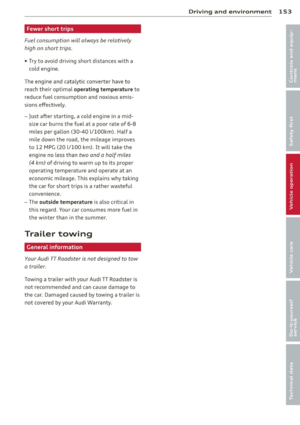 155
155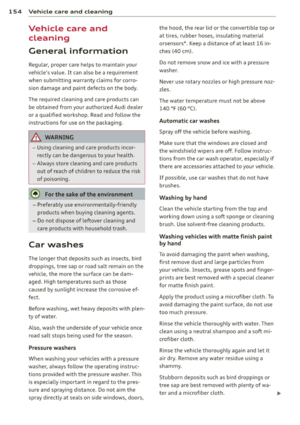 156
156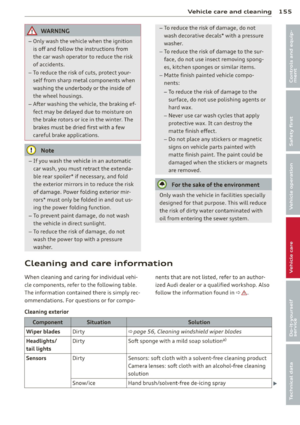 157
157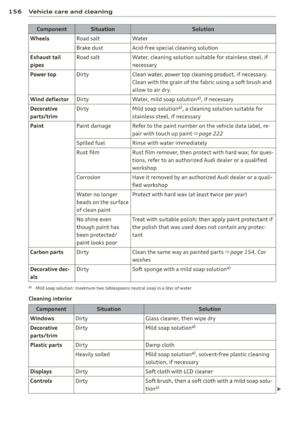 158
158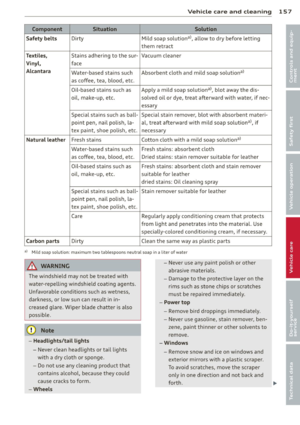 159
159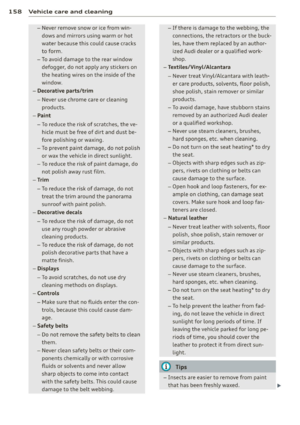 160
160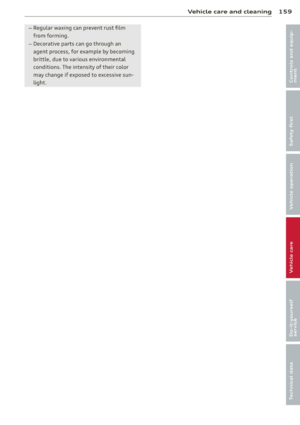 161
161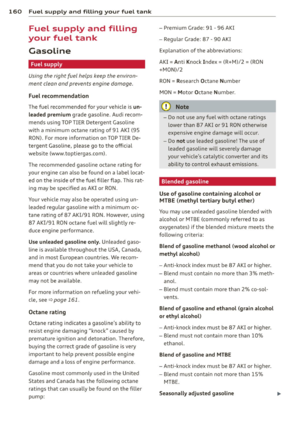 162
162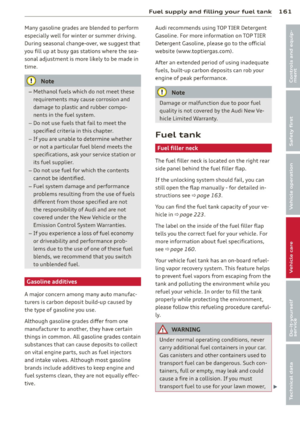 163
163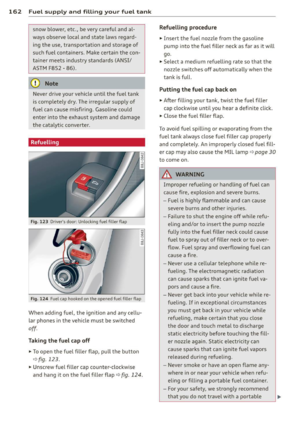 164
164 165
165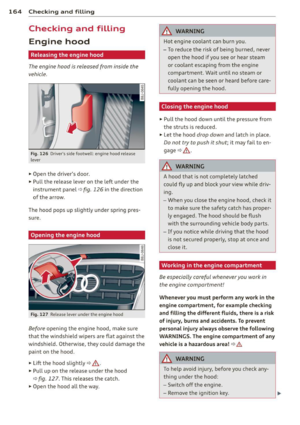 166
166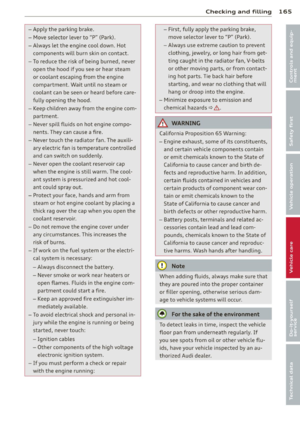 167
167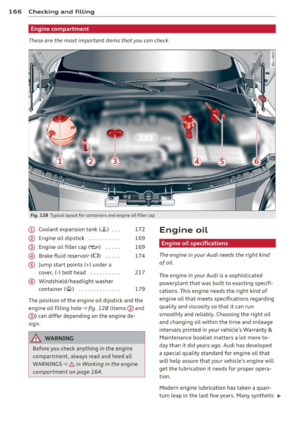 168
168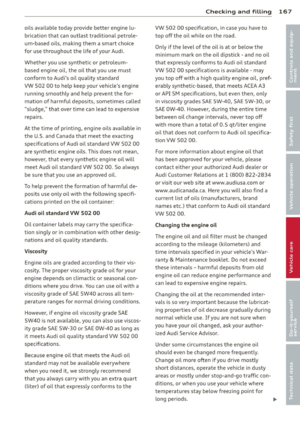 169
169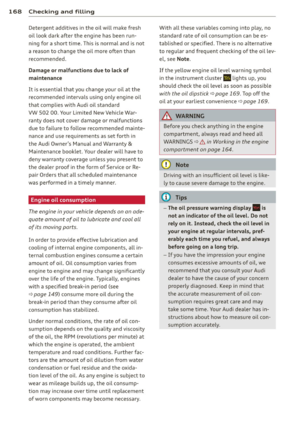 170
170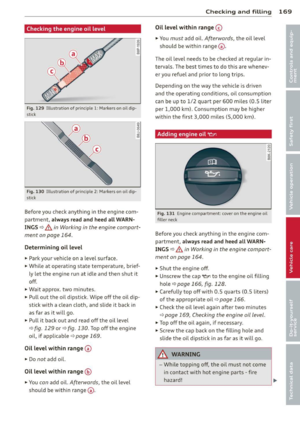 171
171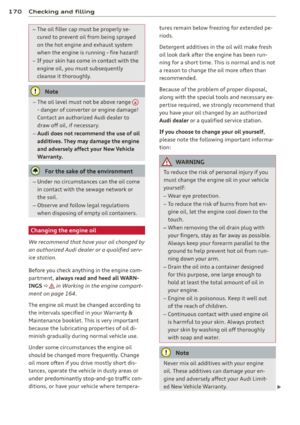 172
172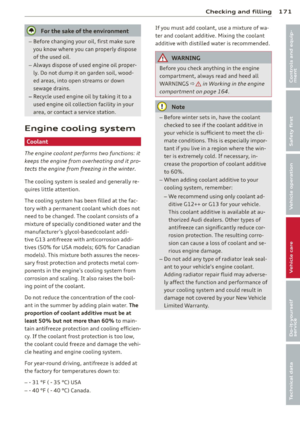 173
173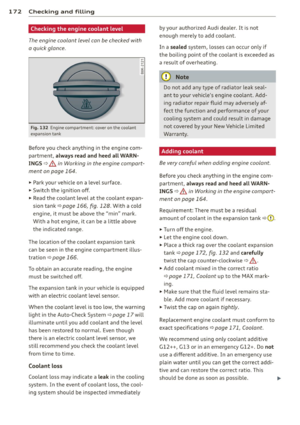 174
174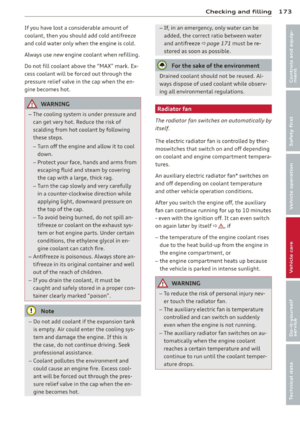 175
175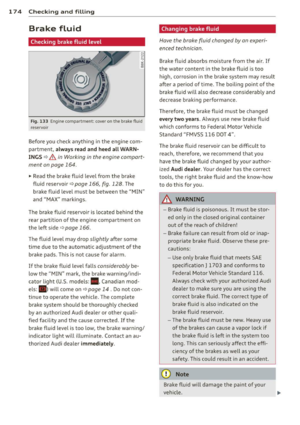 176
176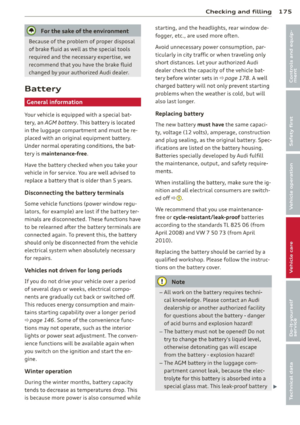 177
177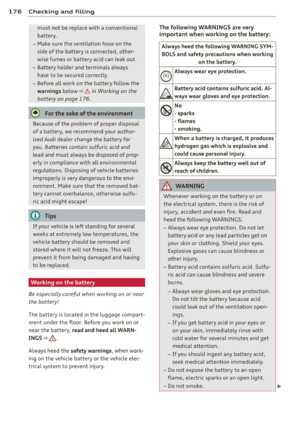 178
178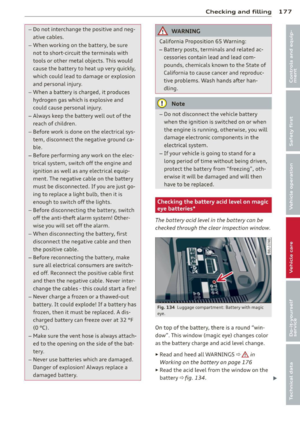 179
179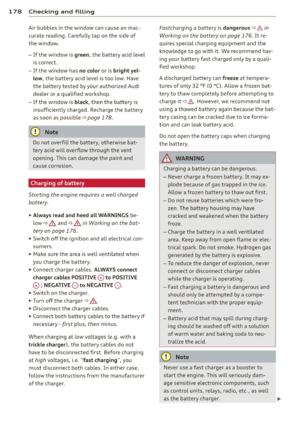 180
180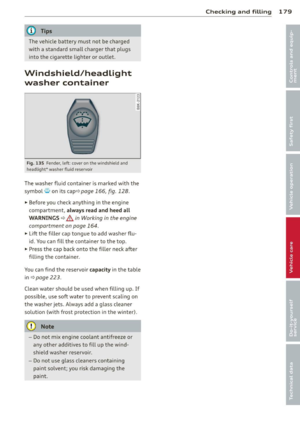 181
181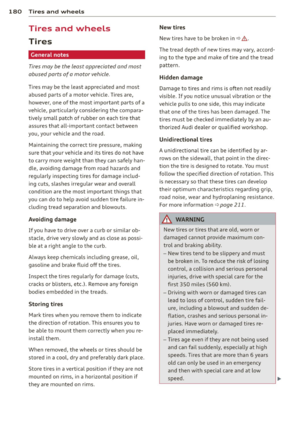 182
182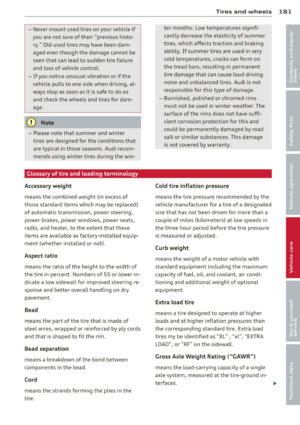 183
183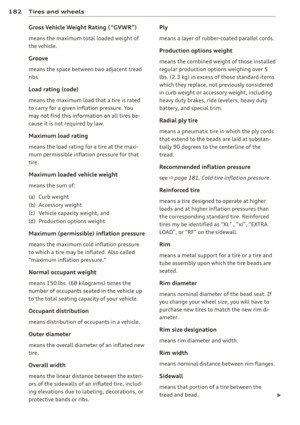 184
184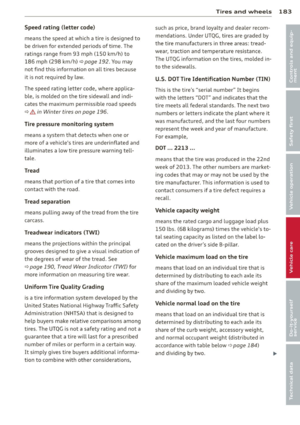 185
185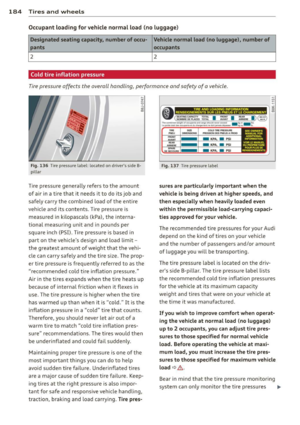 186
186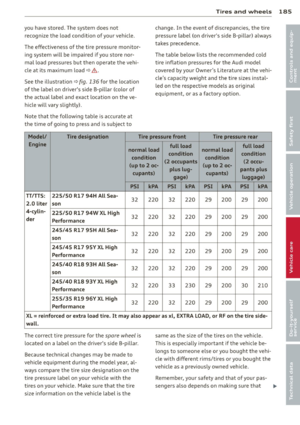 187
187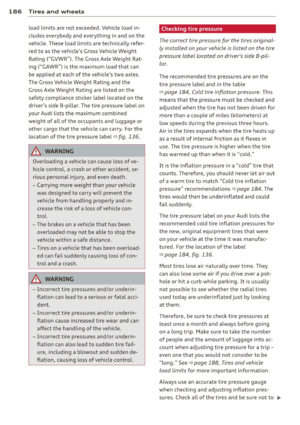 188
188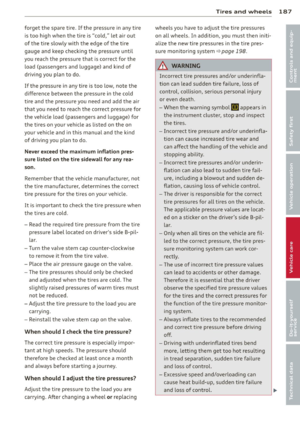 189
189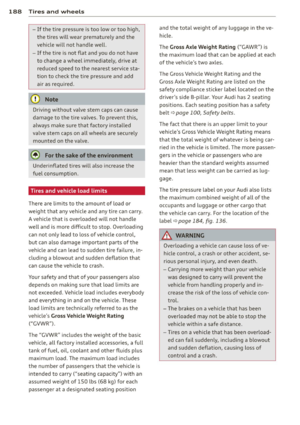 190
190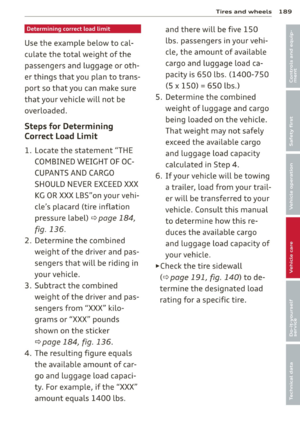 191
191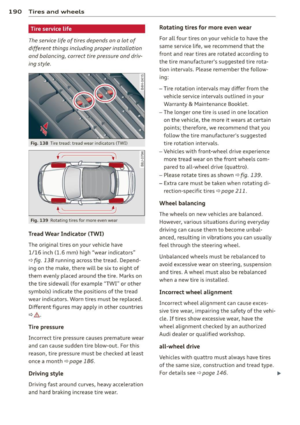 192
192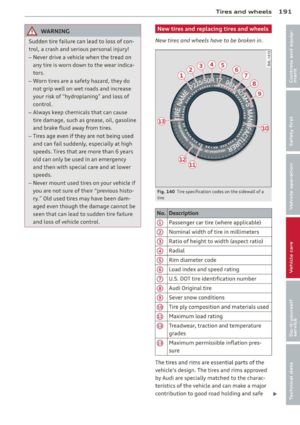 193
193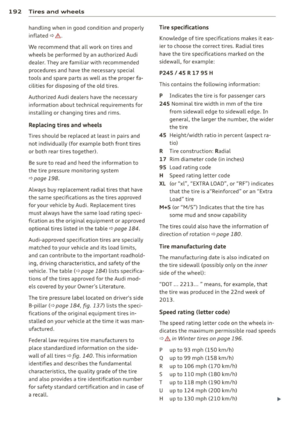 194
194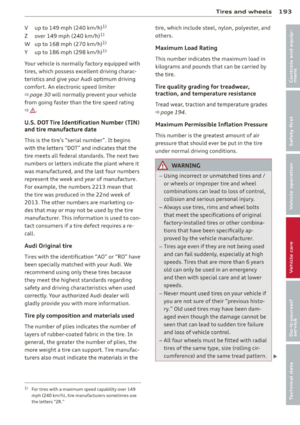 195
195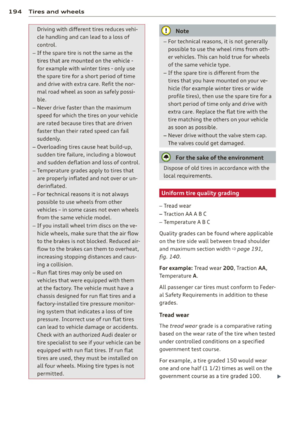 196
196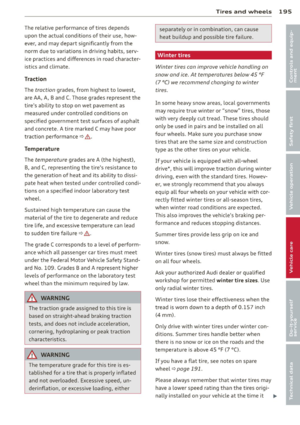 197
197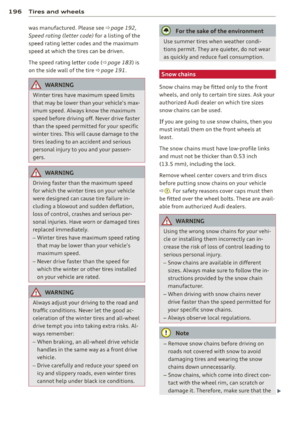 198
198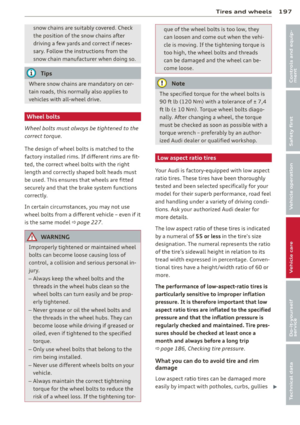 199
199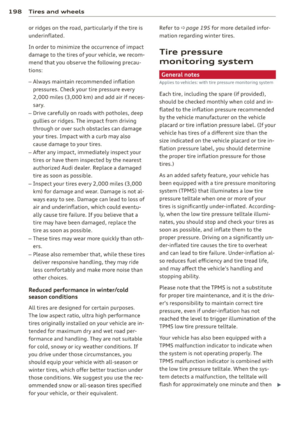 200
200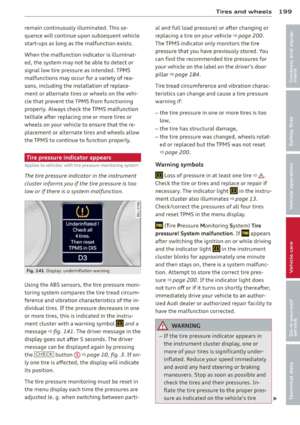 201
201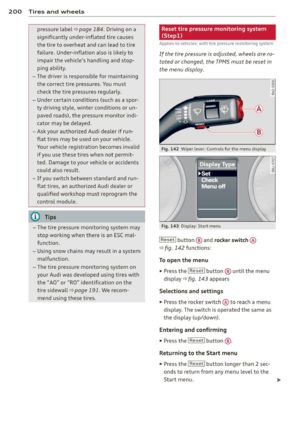 202
202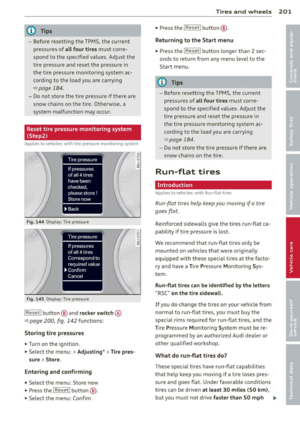 203
203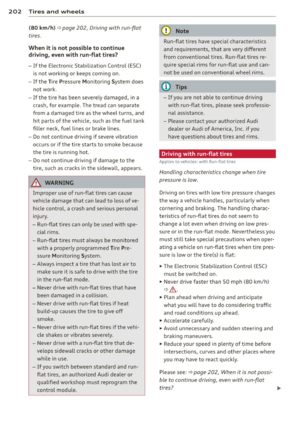 204
204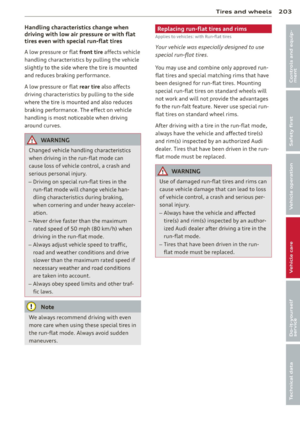 205
205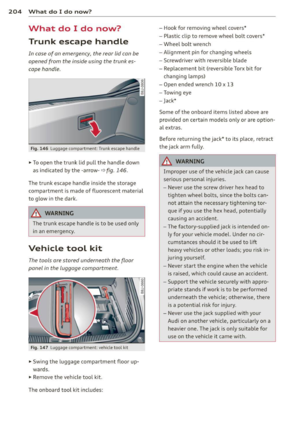 206
206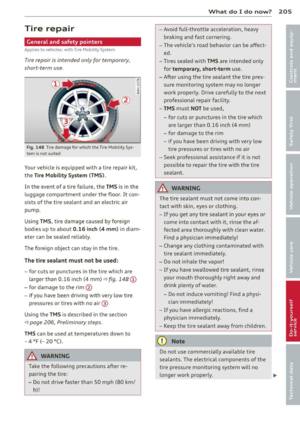 207
207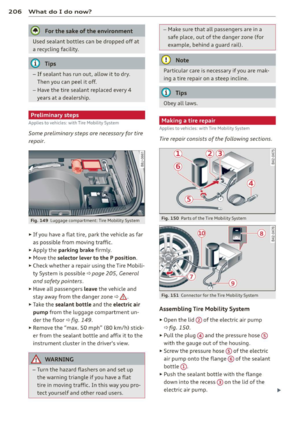 208
208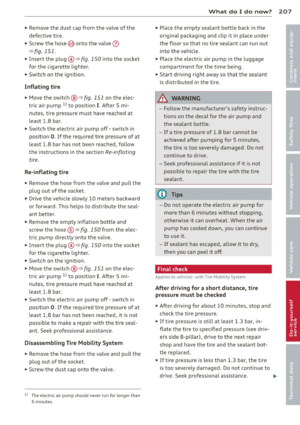 209
209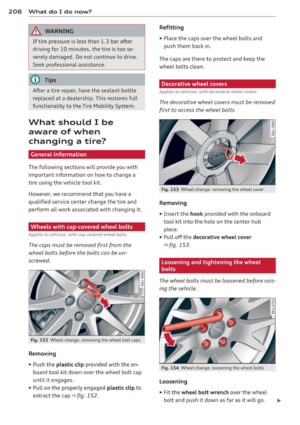 210
210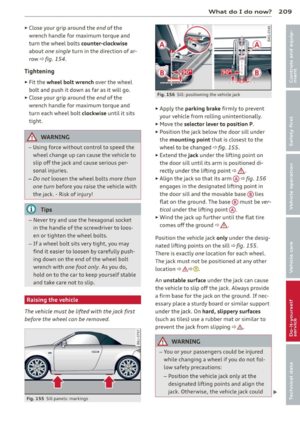 211
211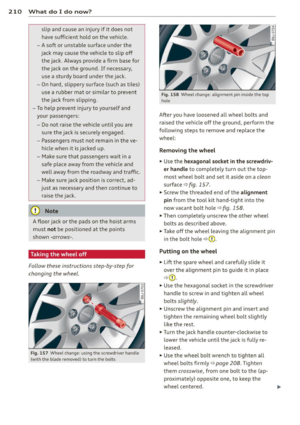 212
212 213
213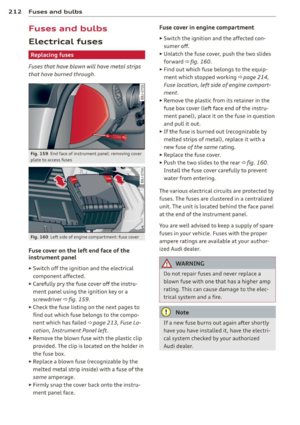 214
214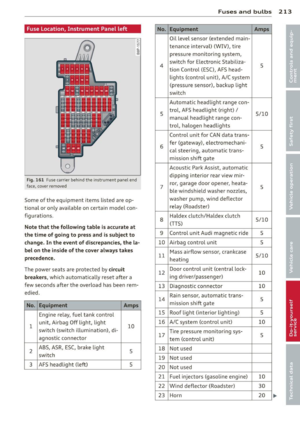 215
215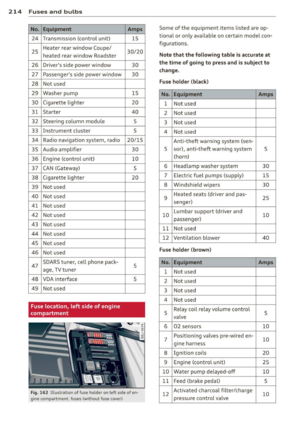 216
216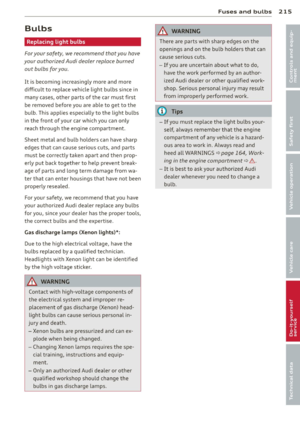 217
217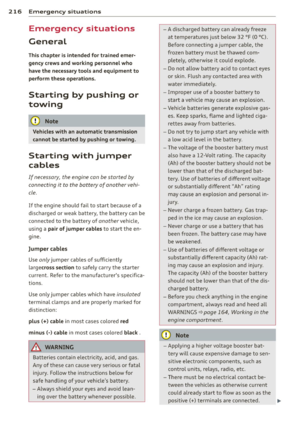 218
218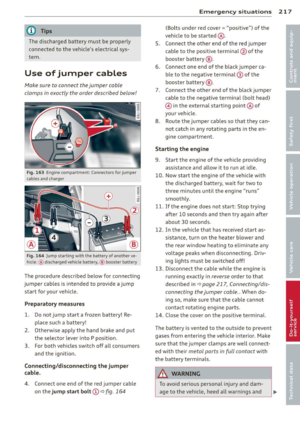 219
219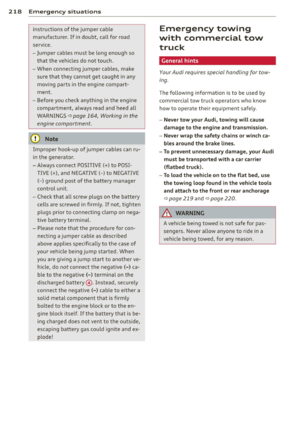 220
220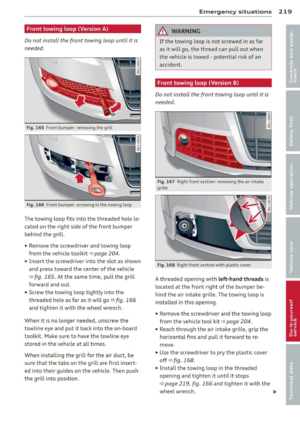 221
221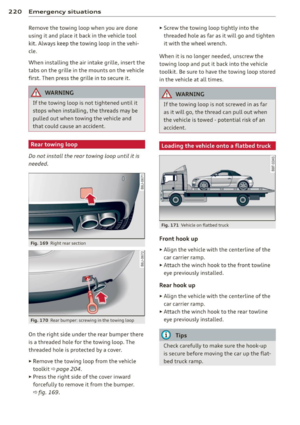 222
222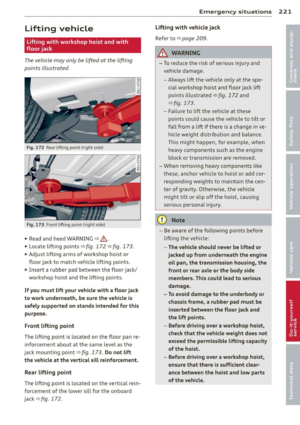 223
223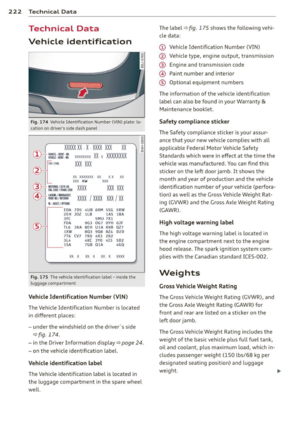 224
224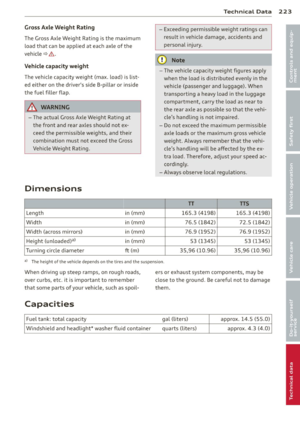 225
225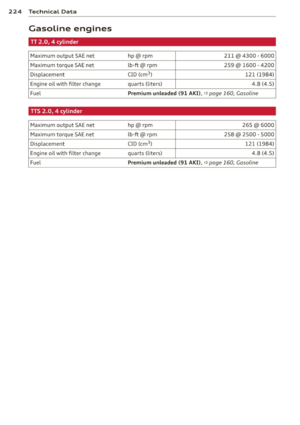 226
226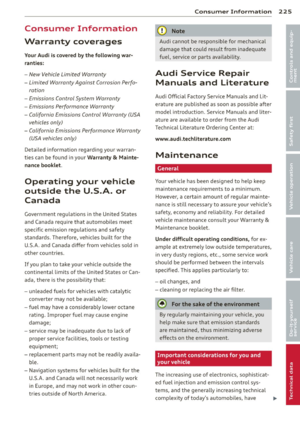 227
227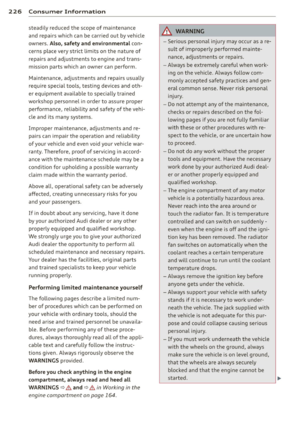 228
228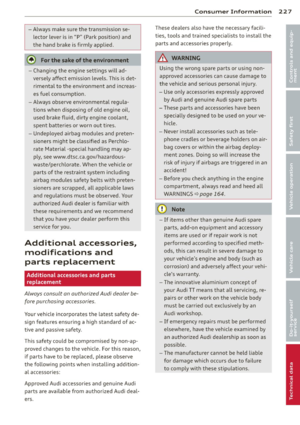 229
229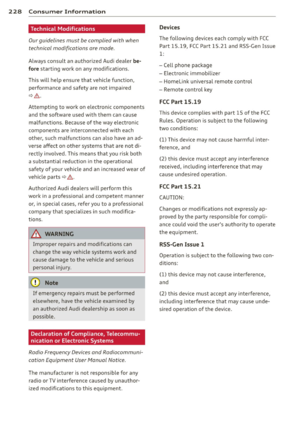 230
230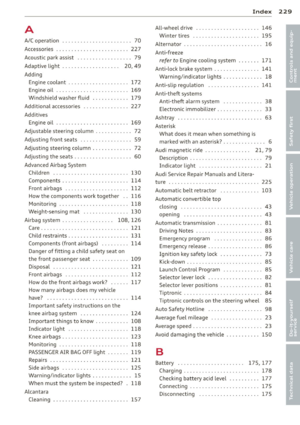 231
231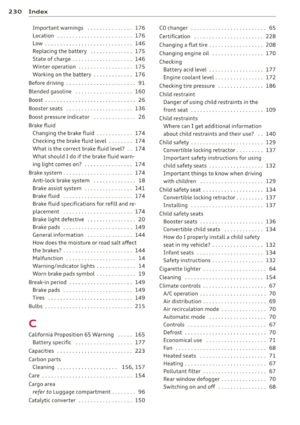 232
232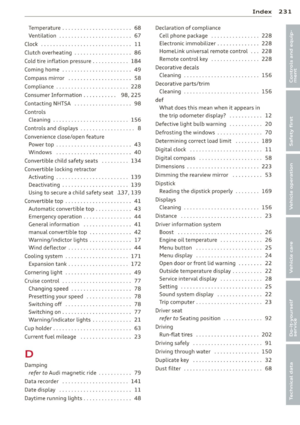 233
233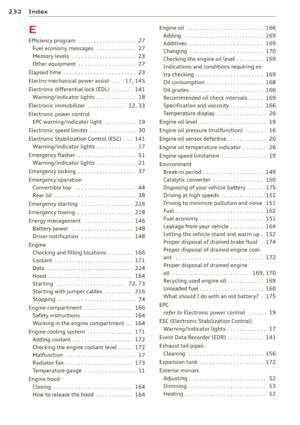 234
234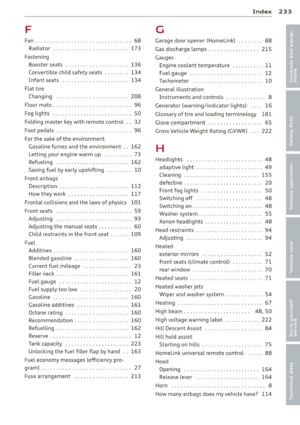 235
235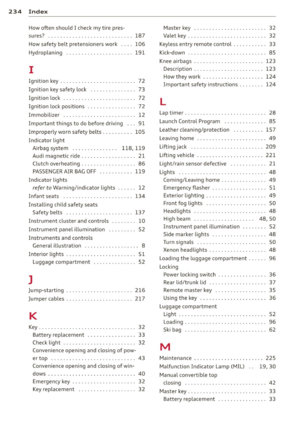 236
236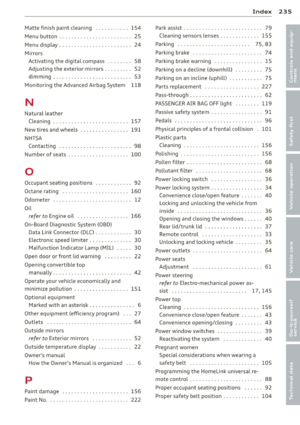 237
237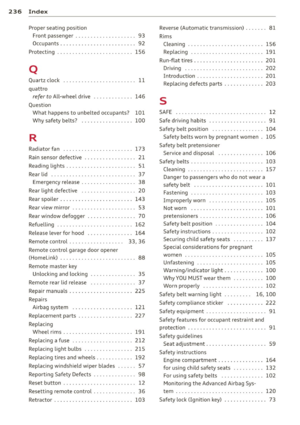 238
238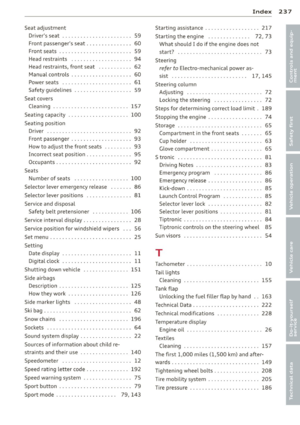 239
239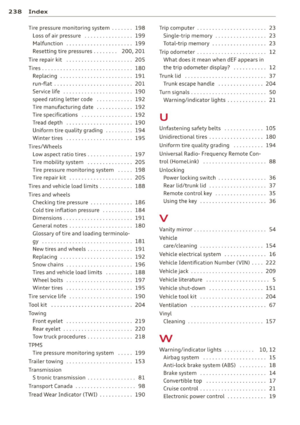 240
240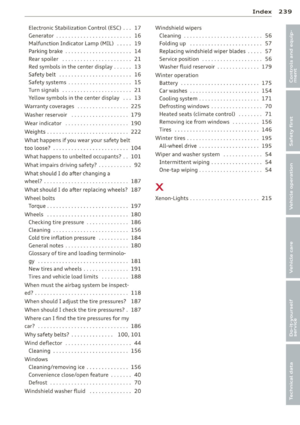 241
241 242
242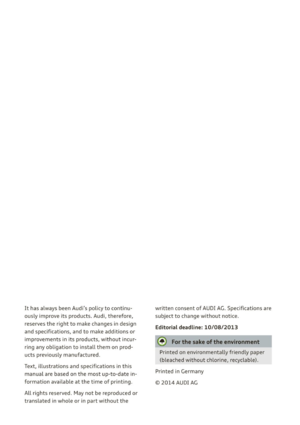 243
243
